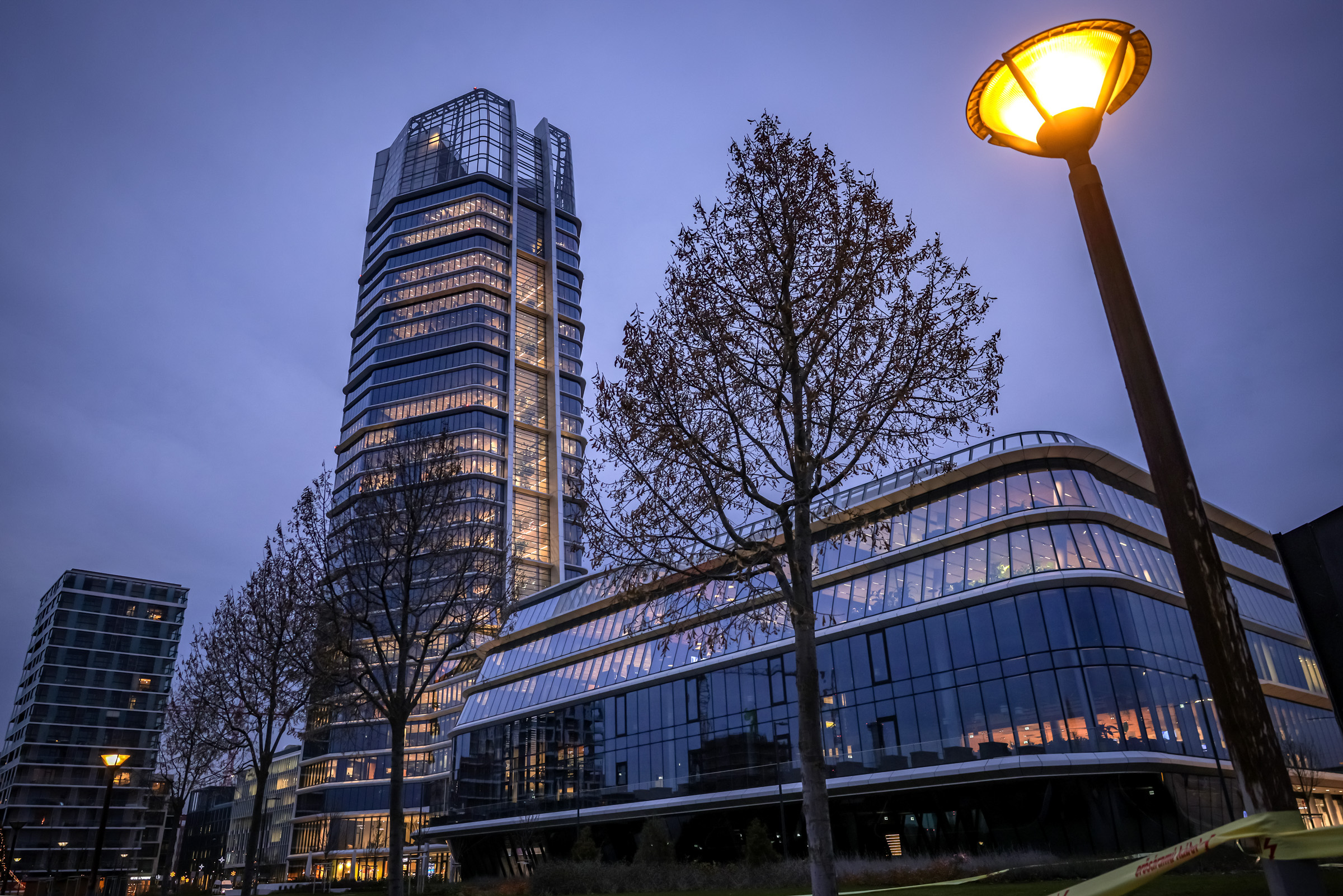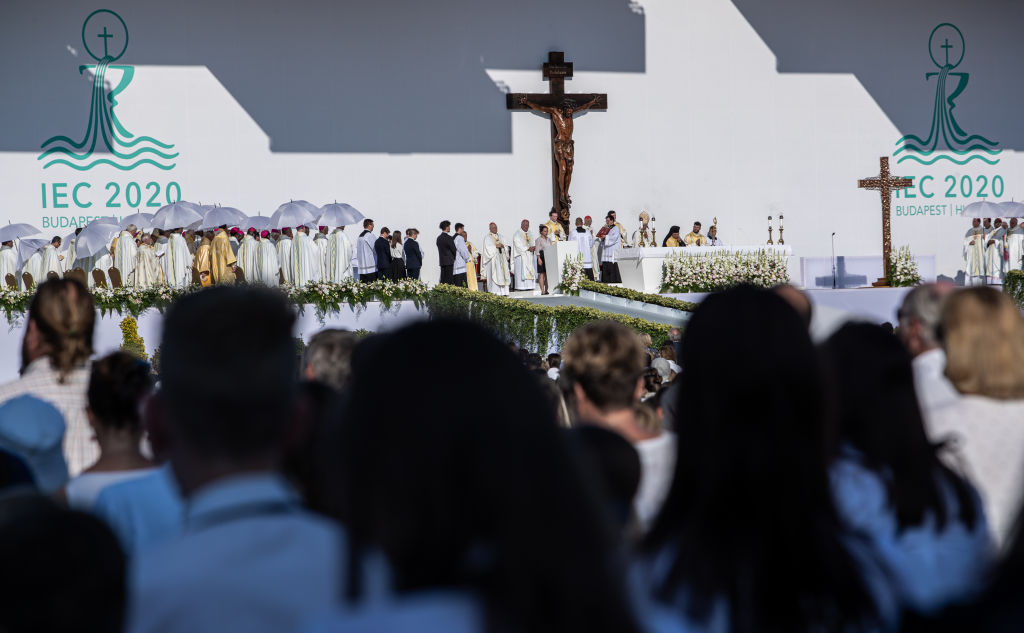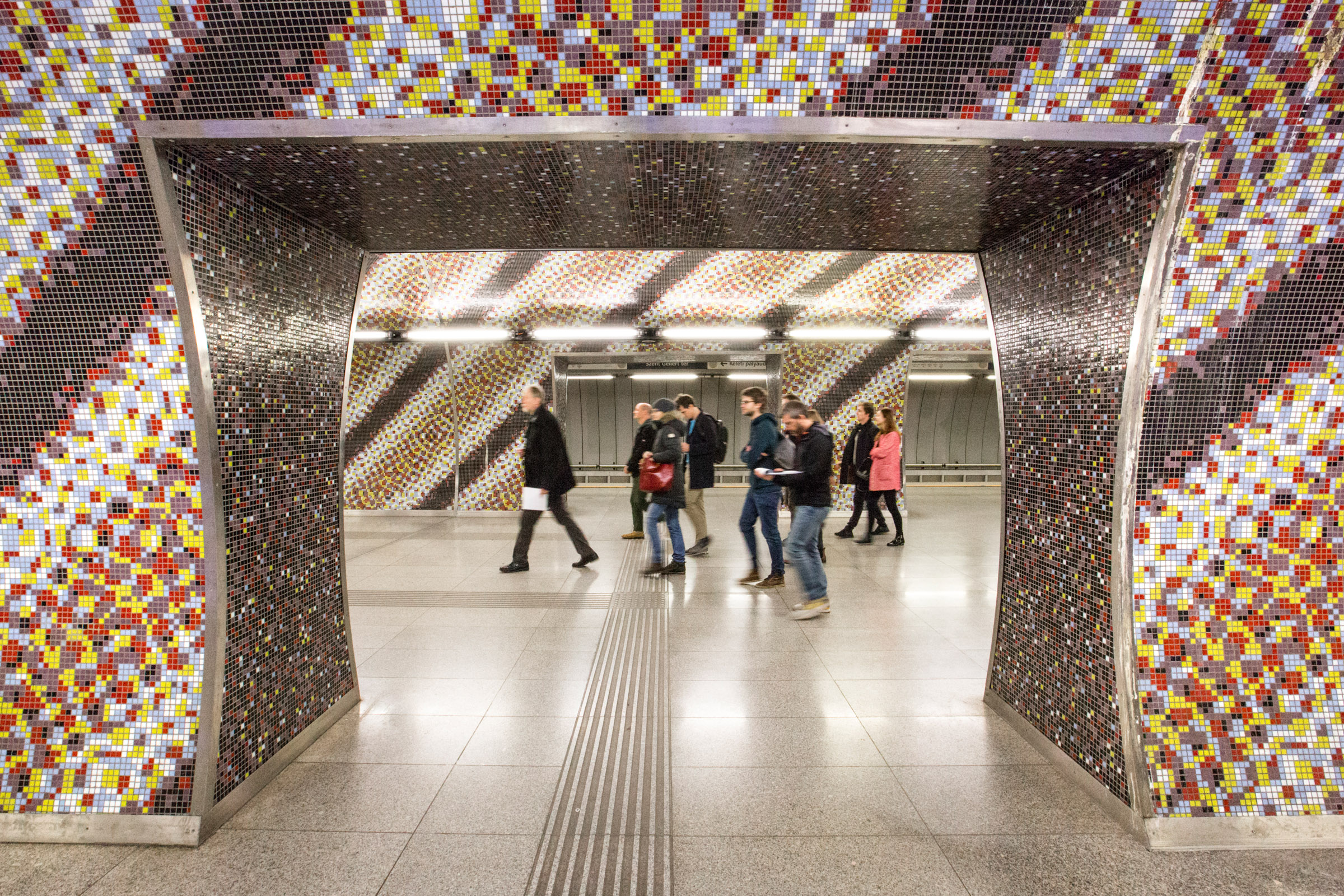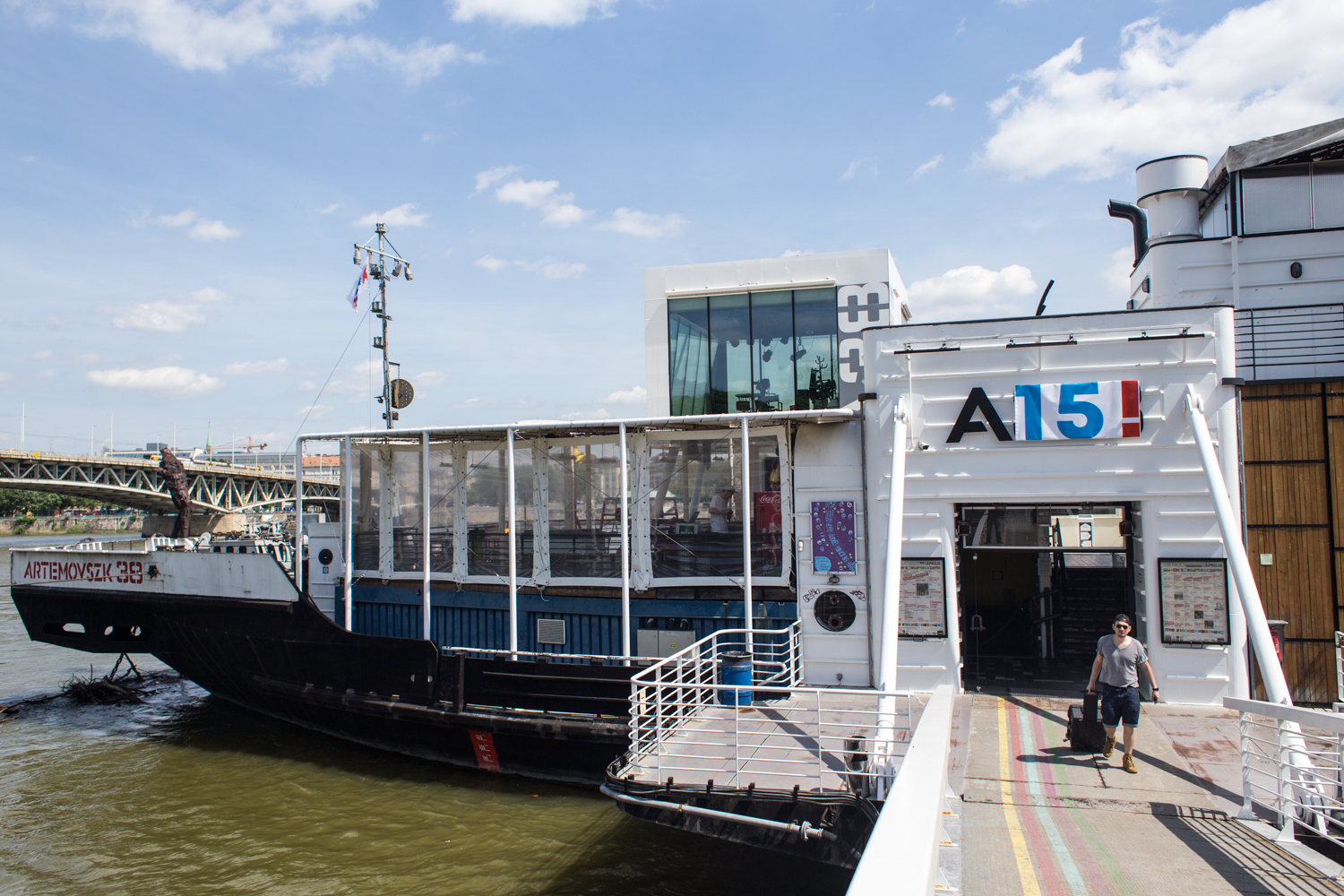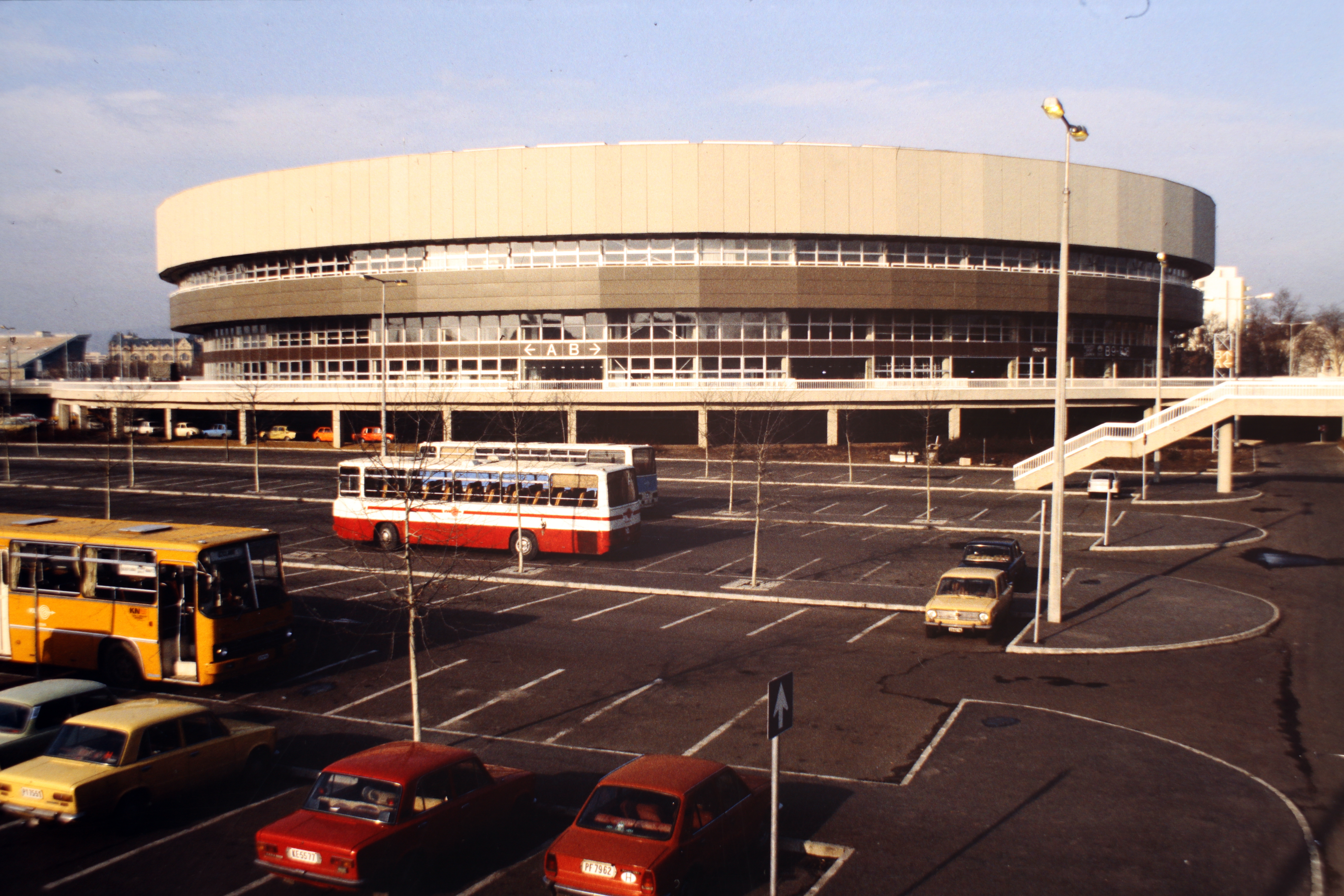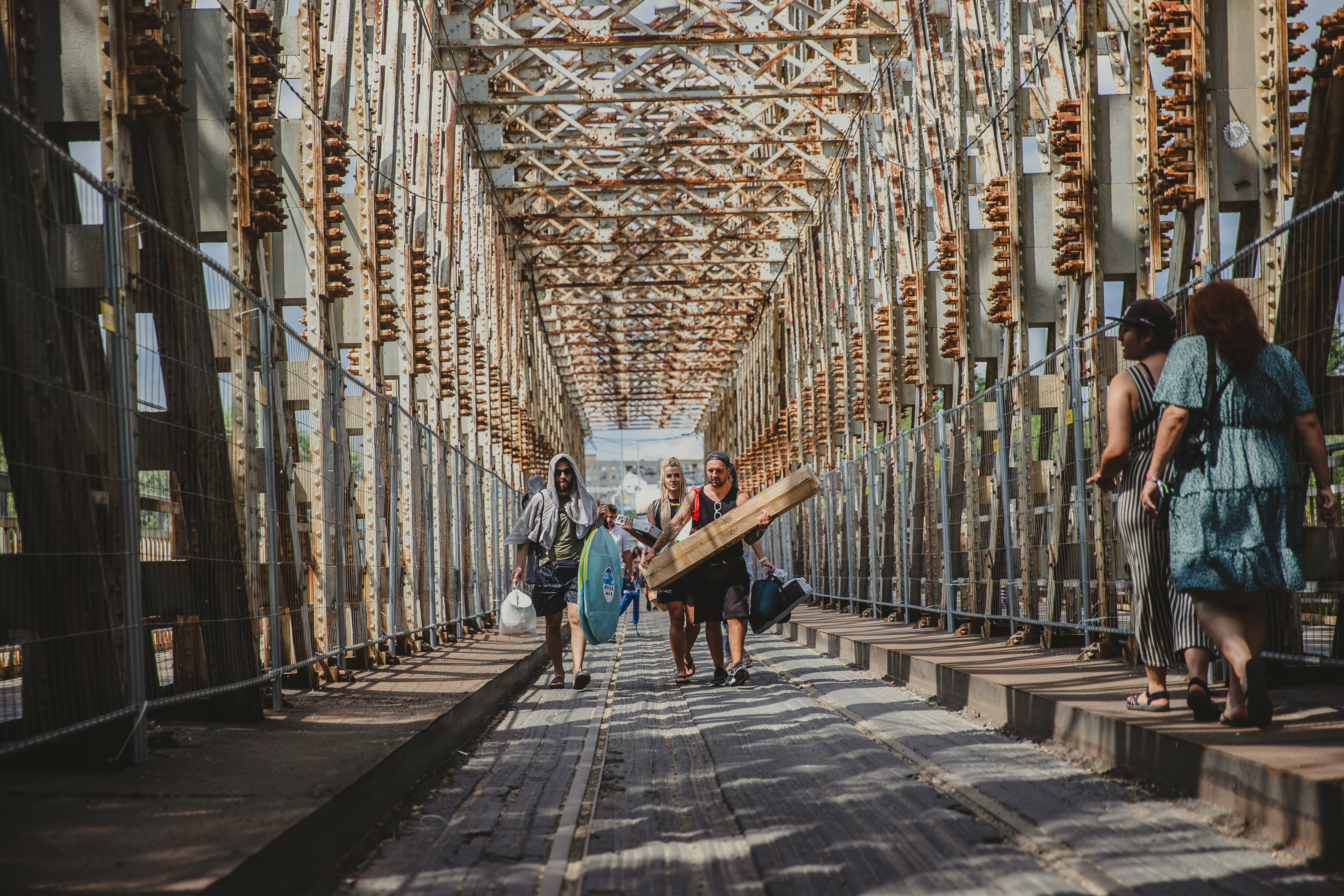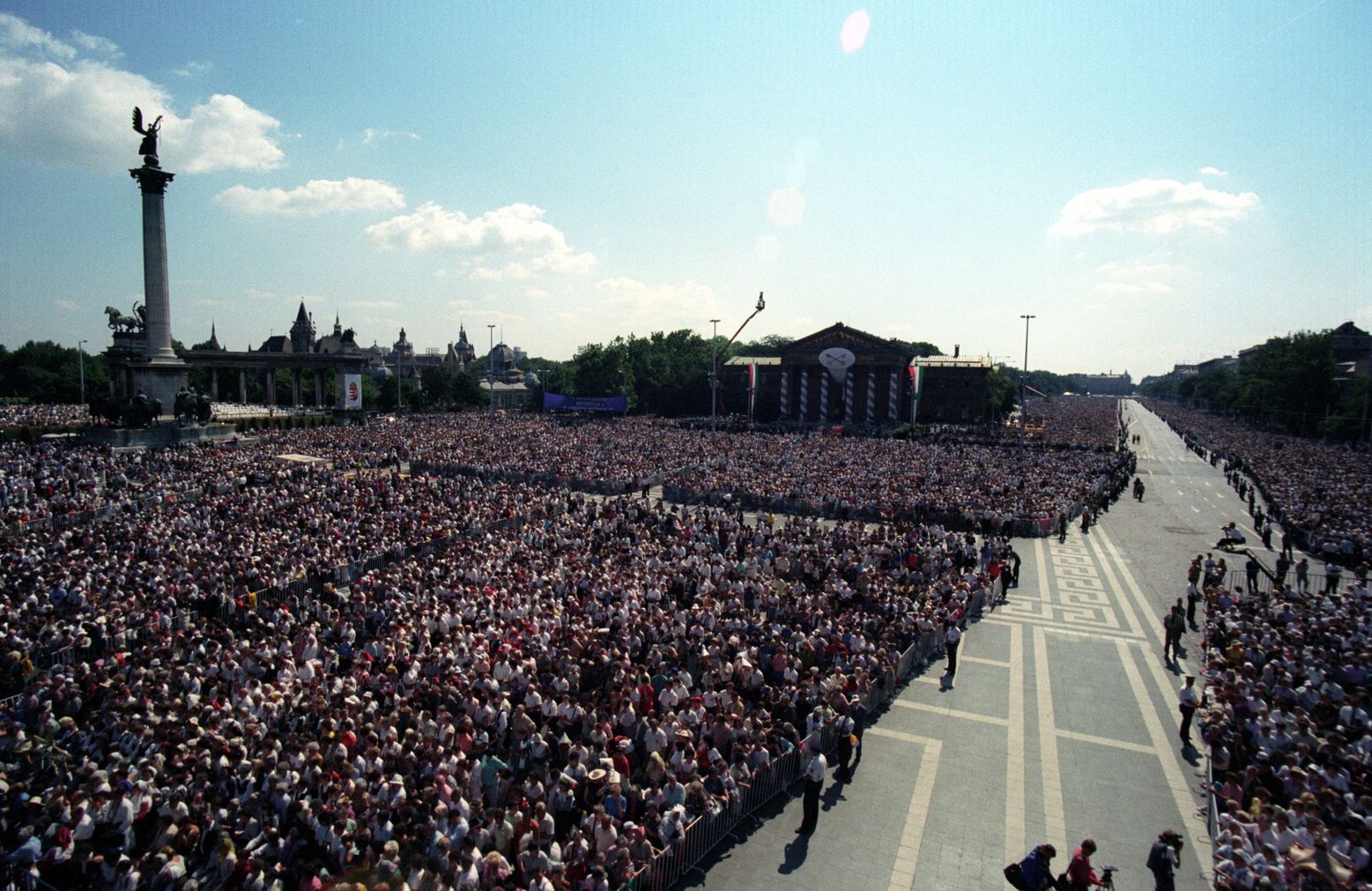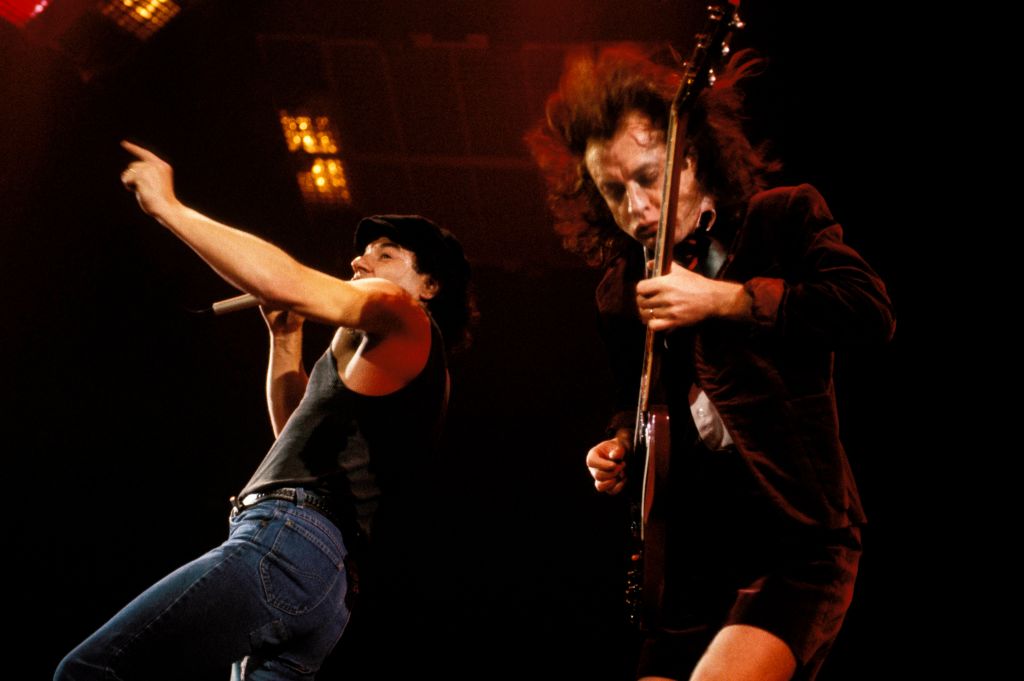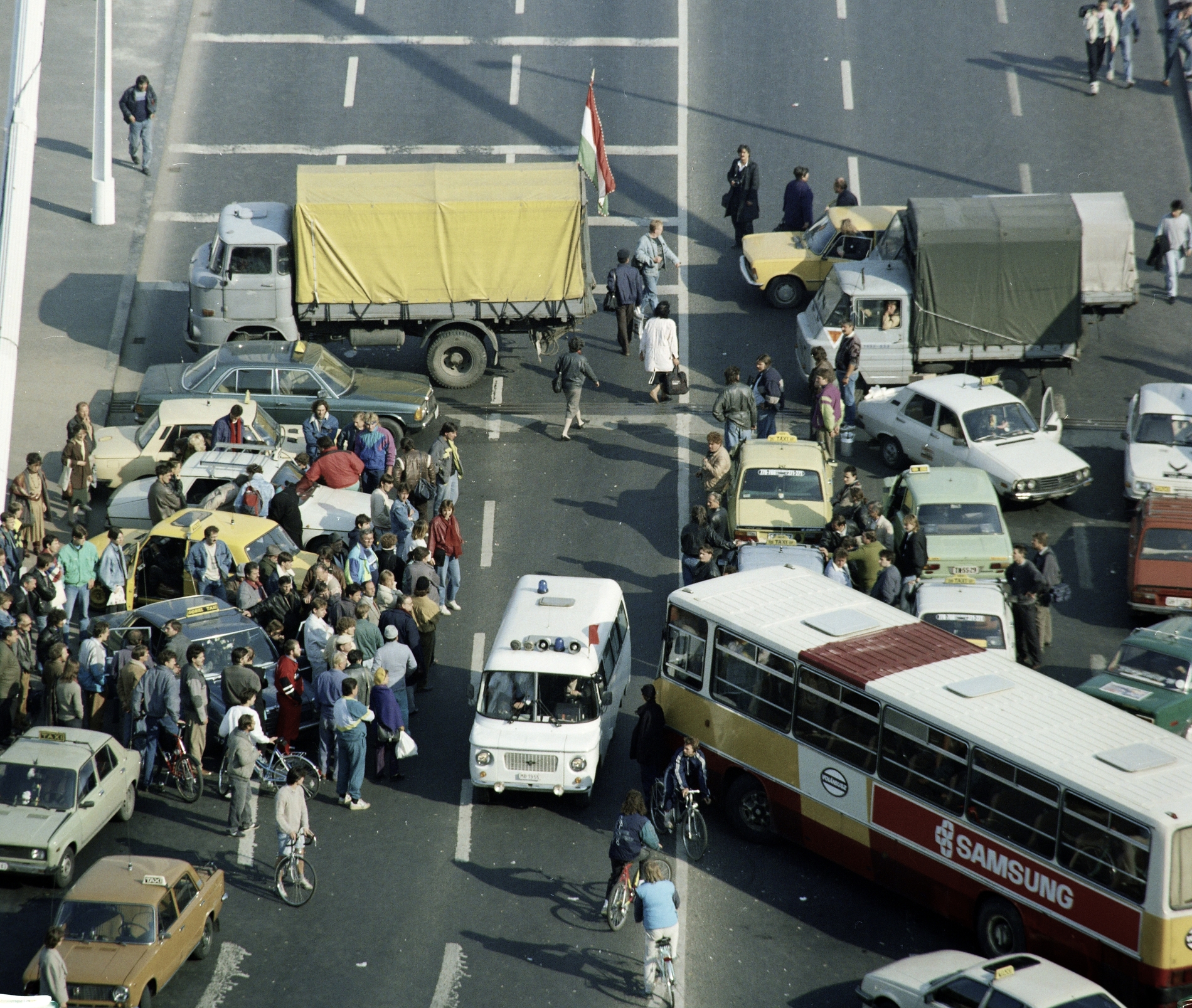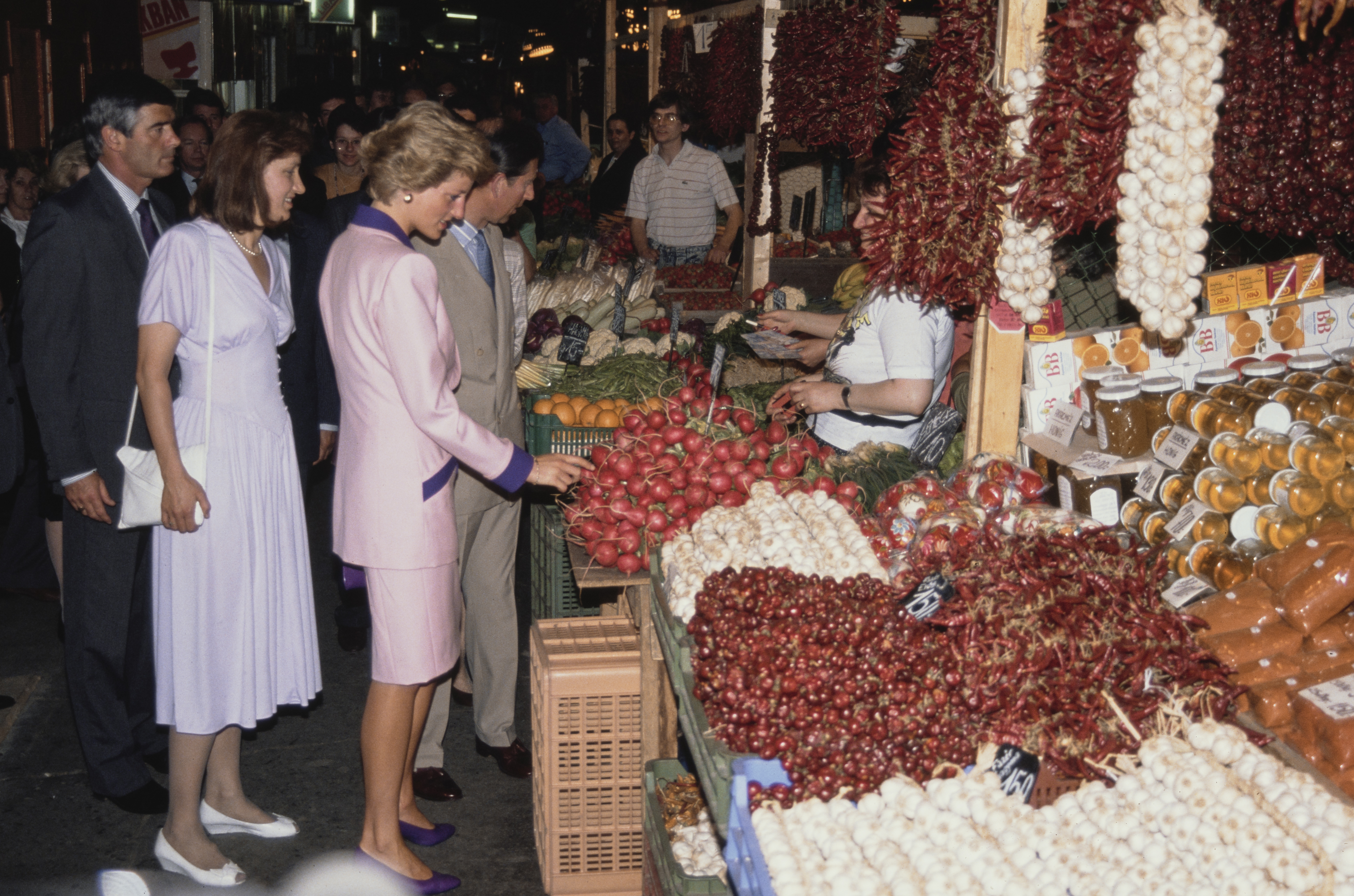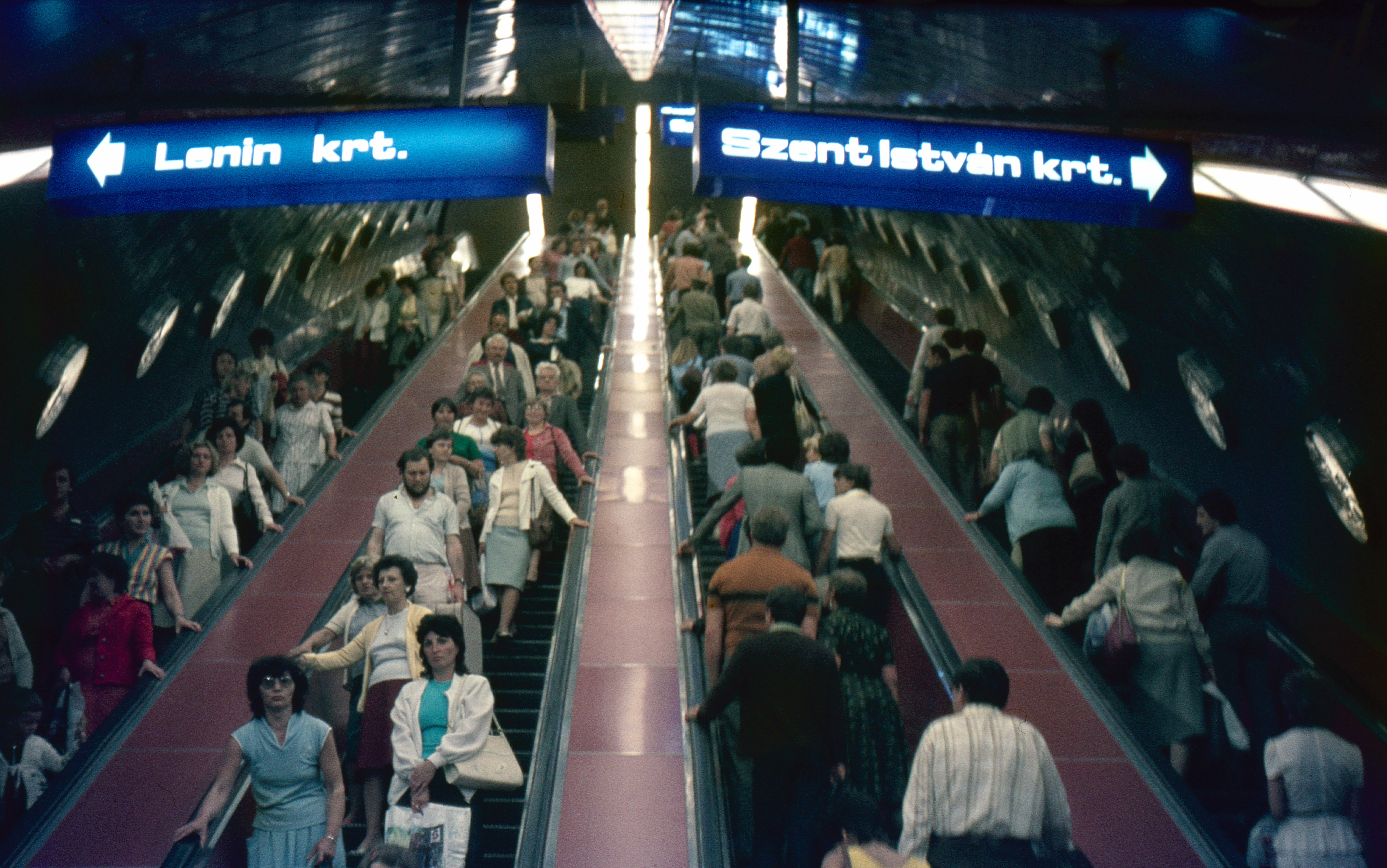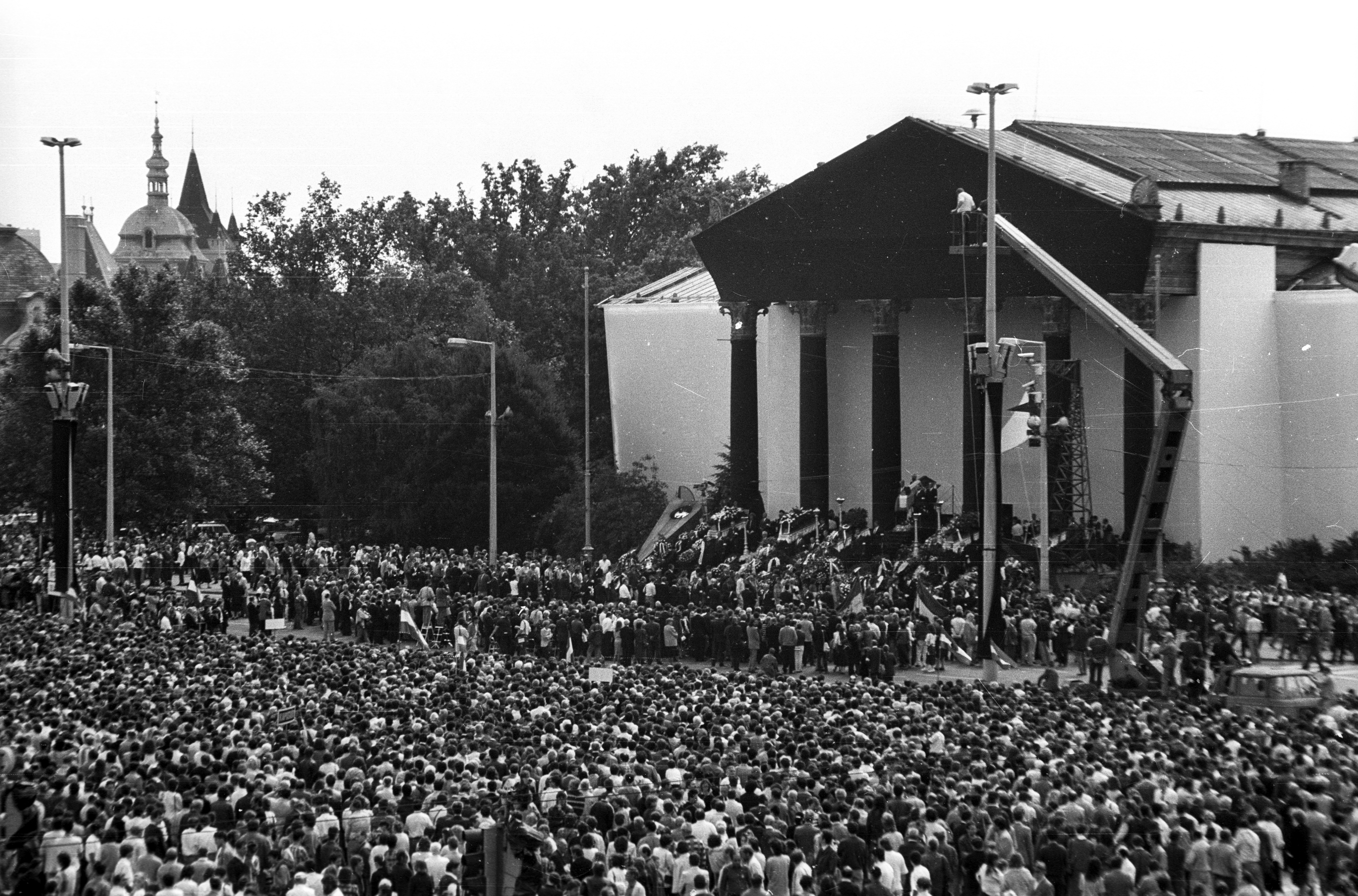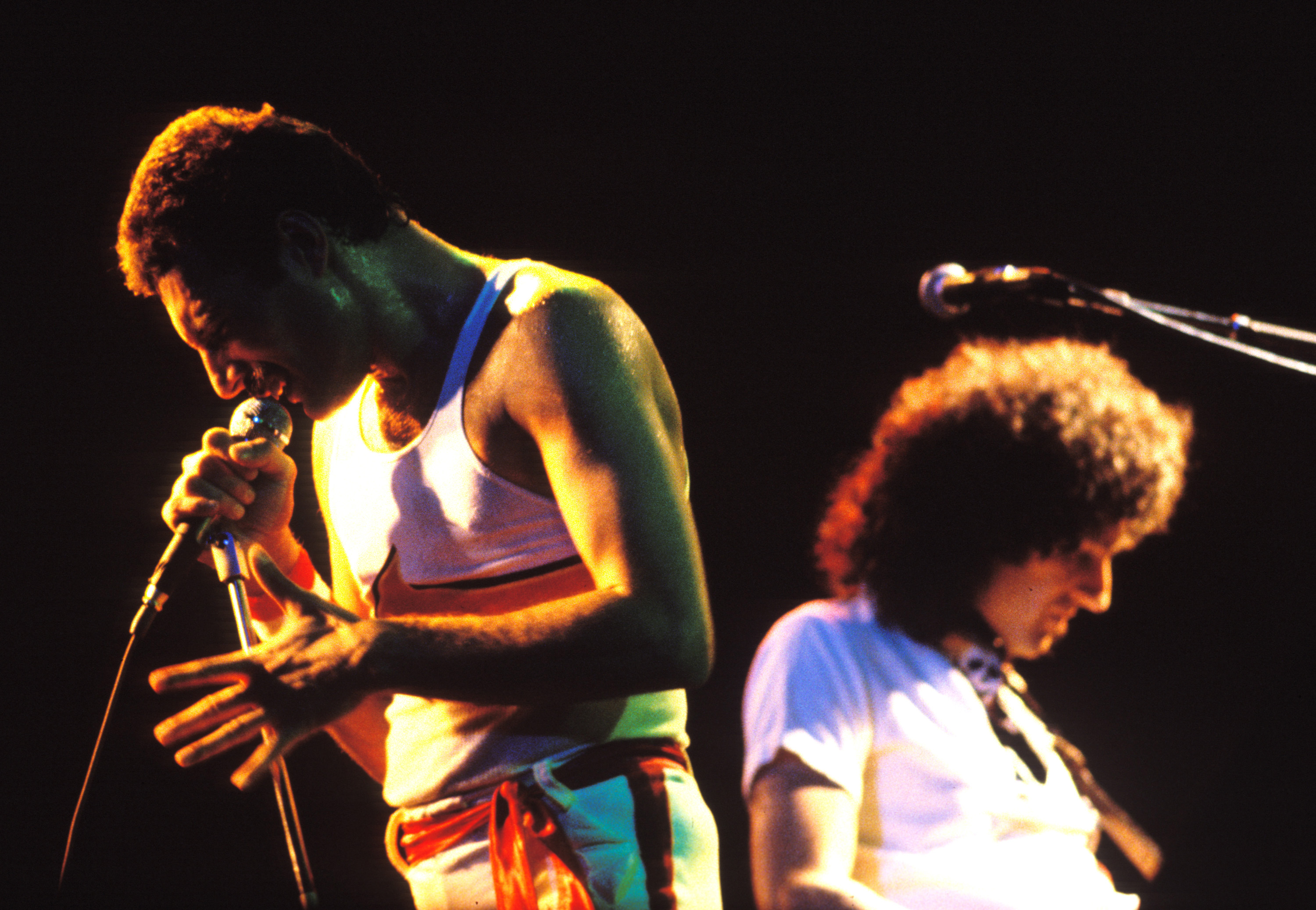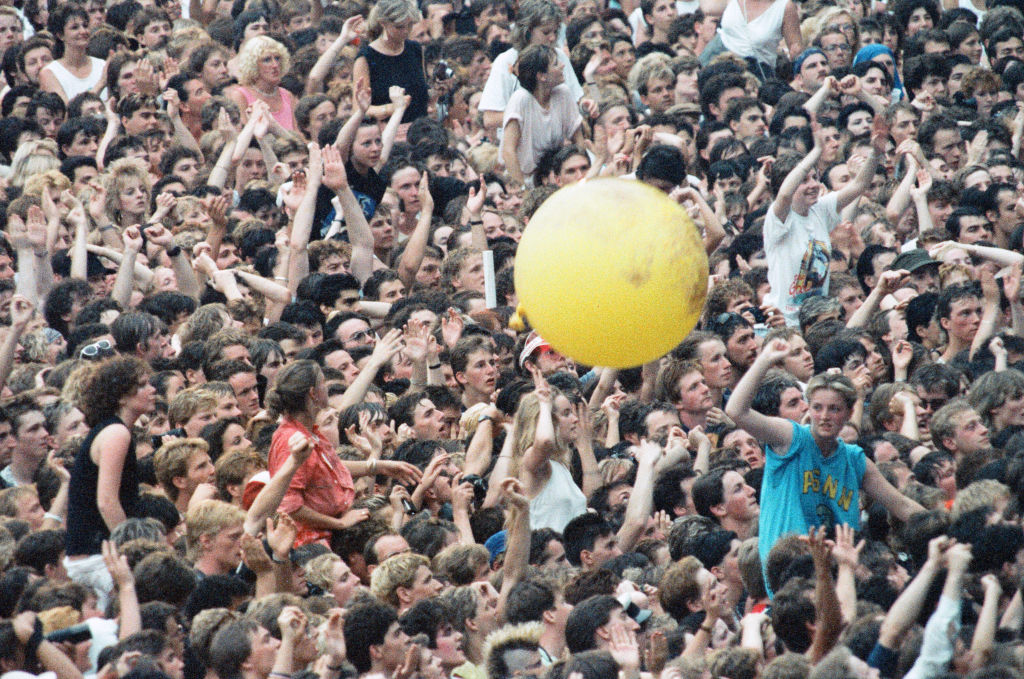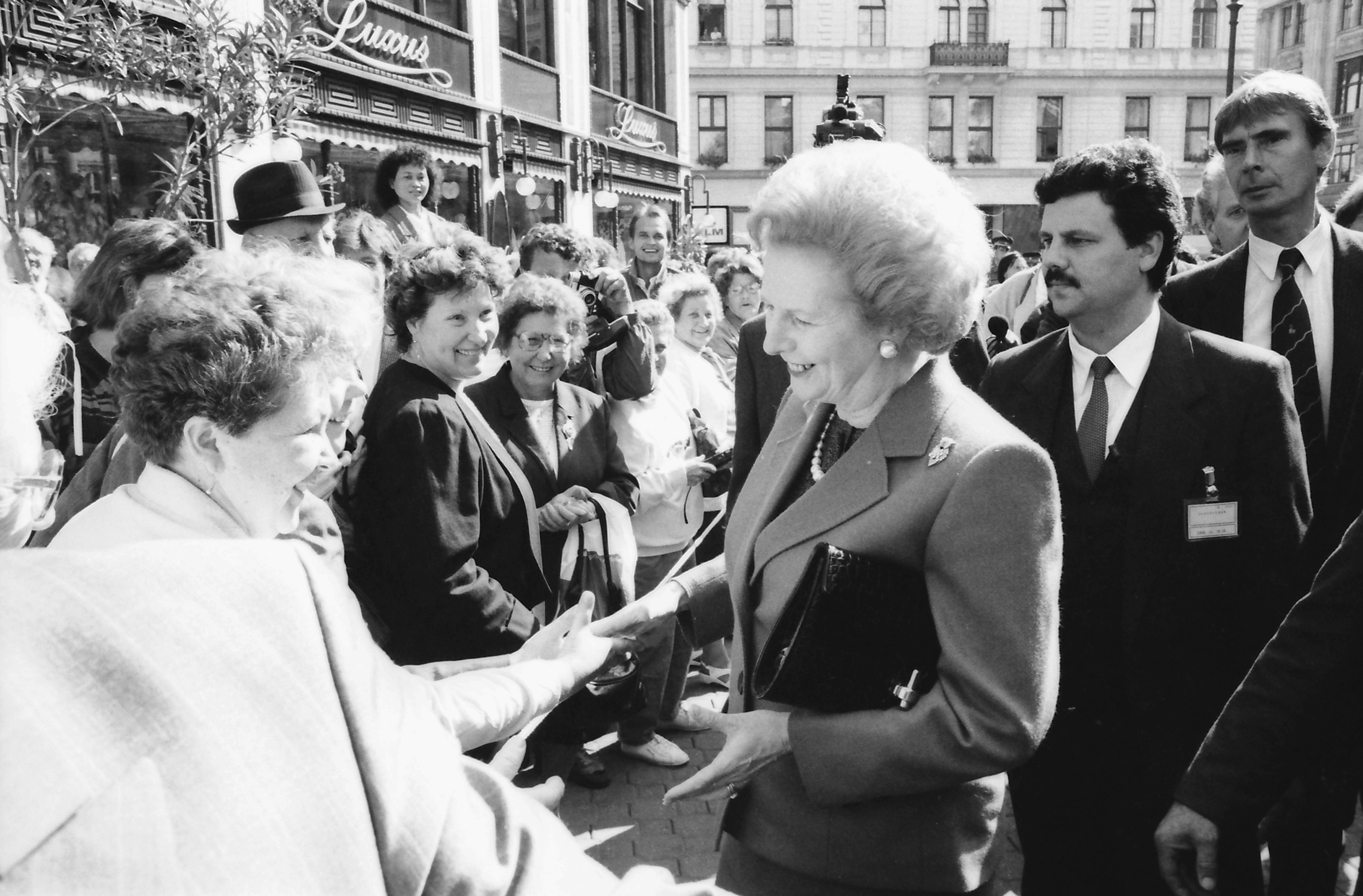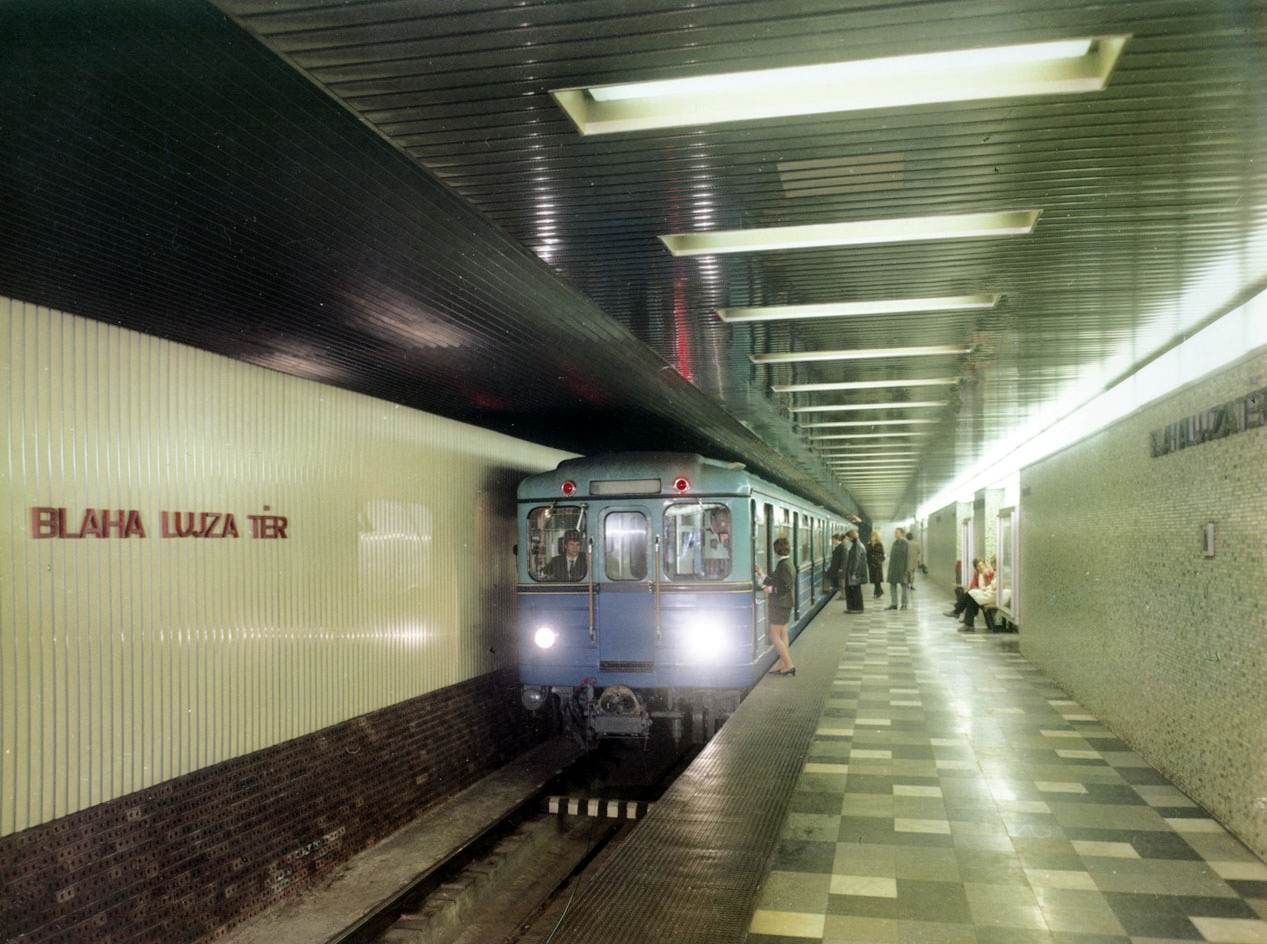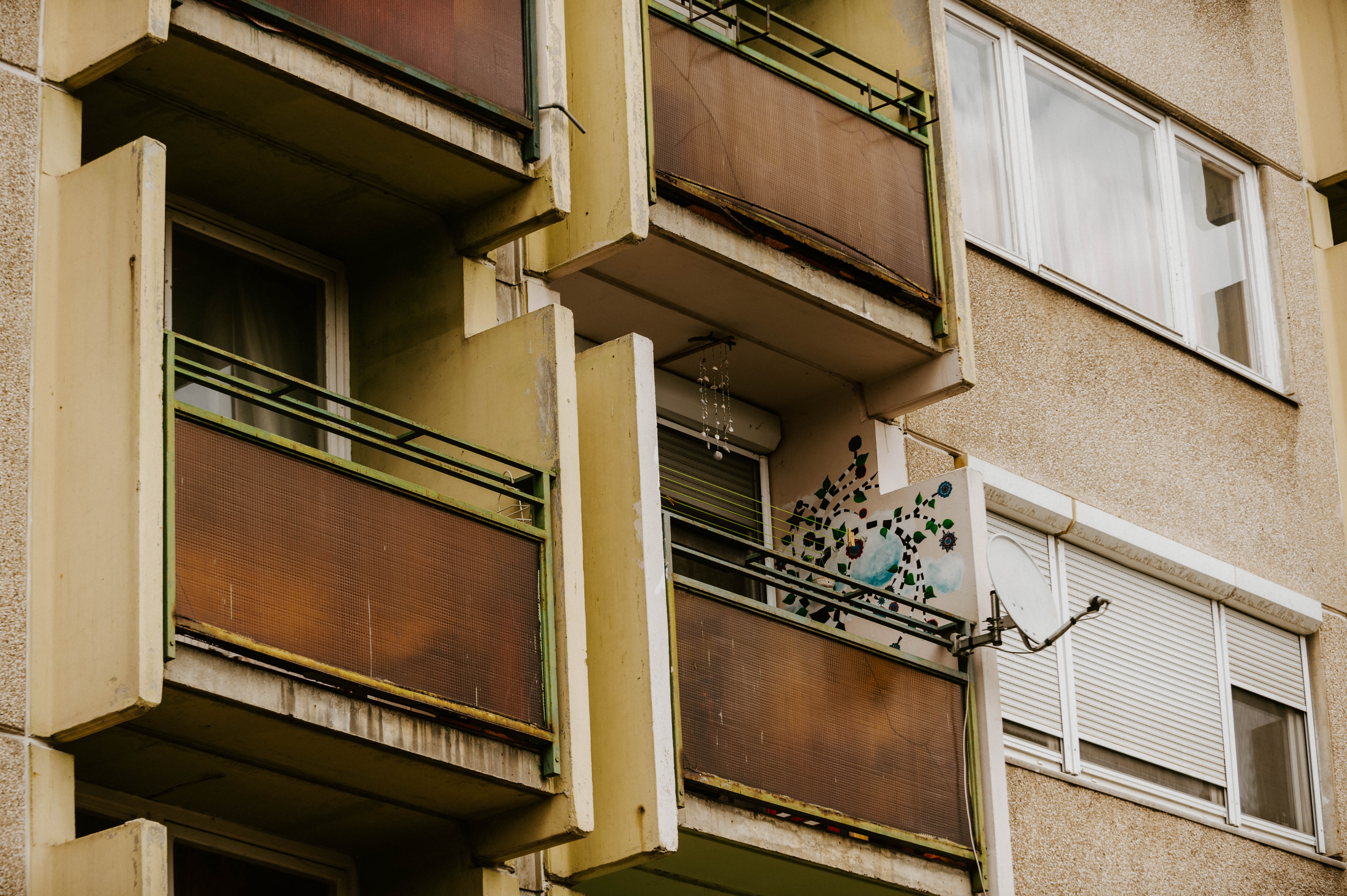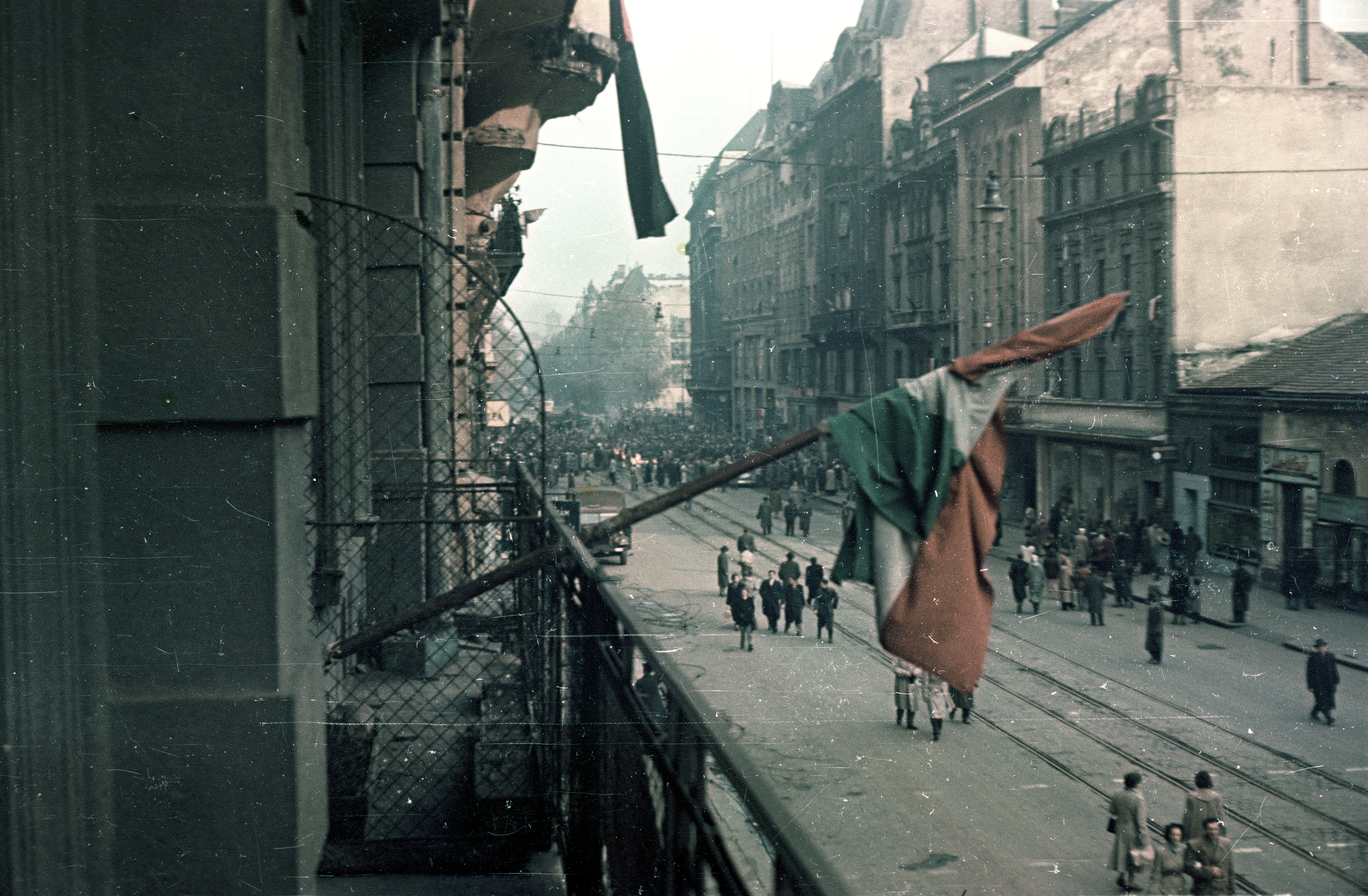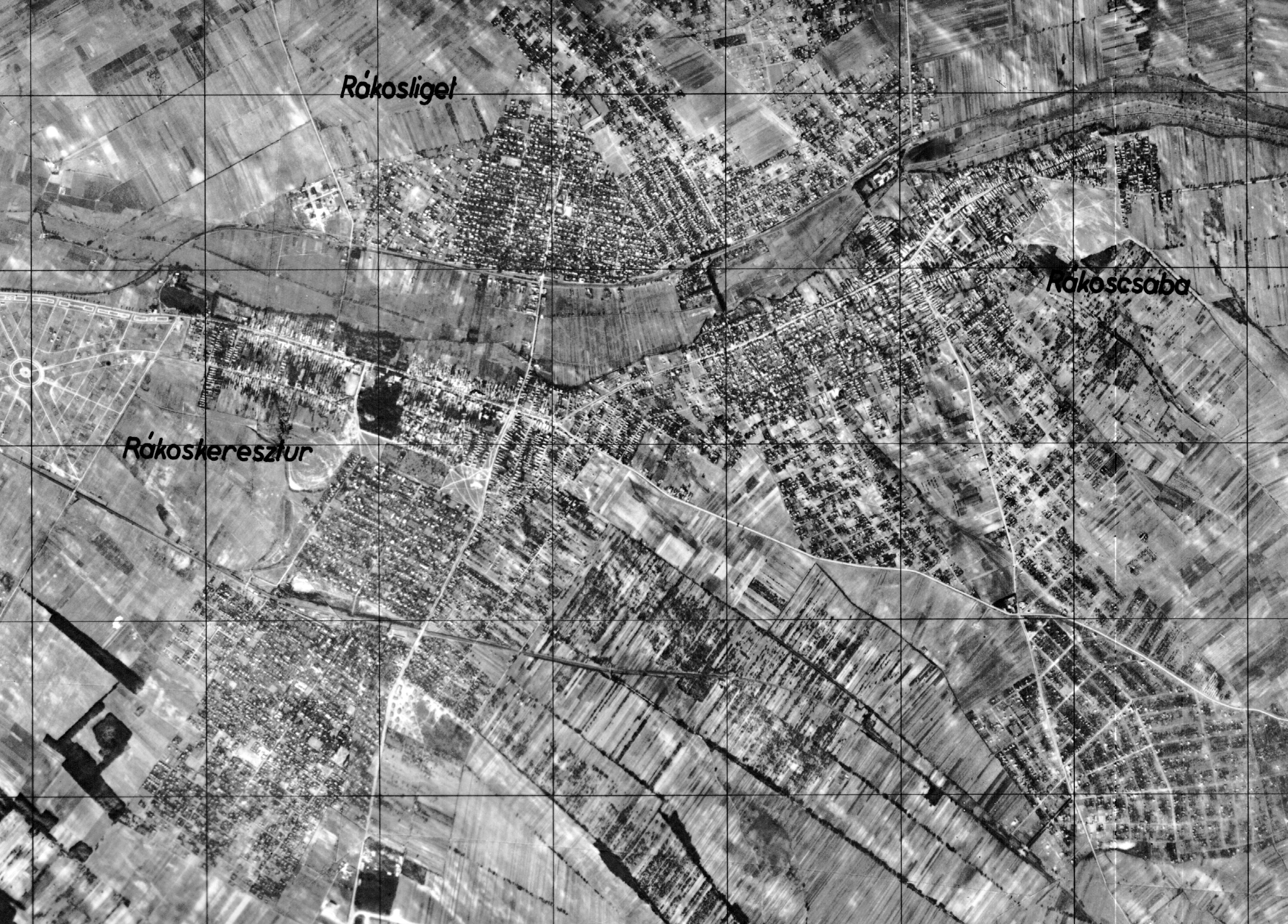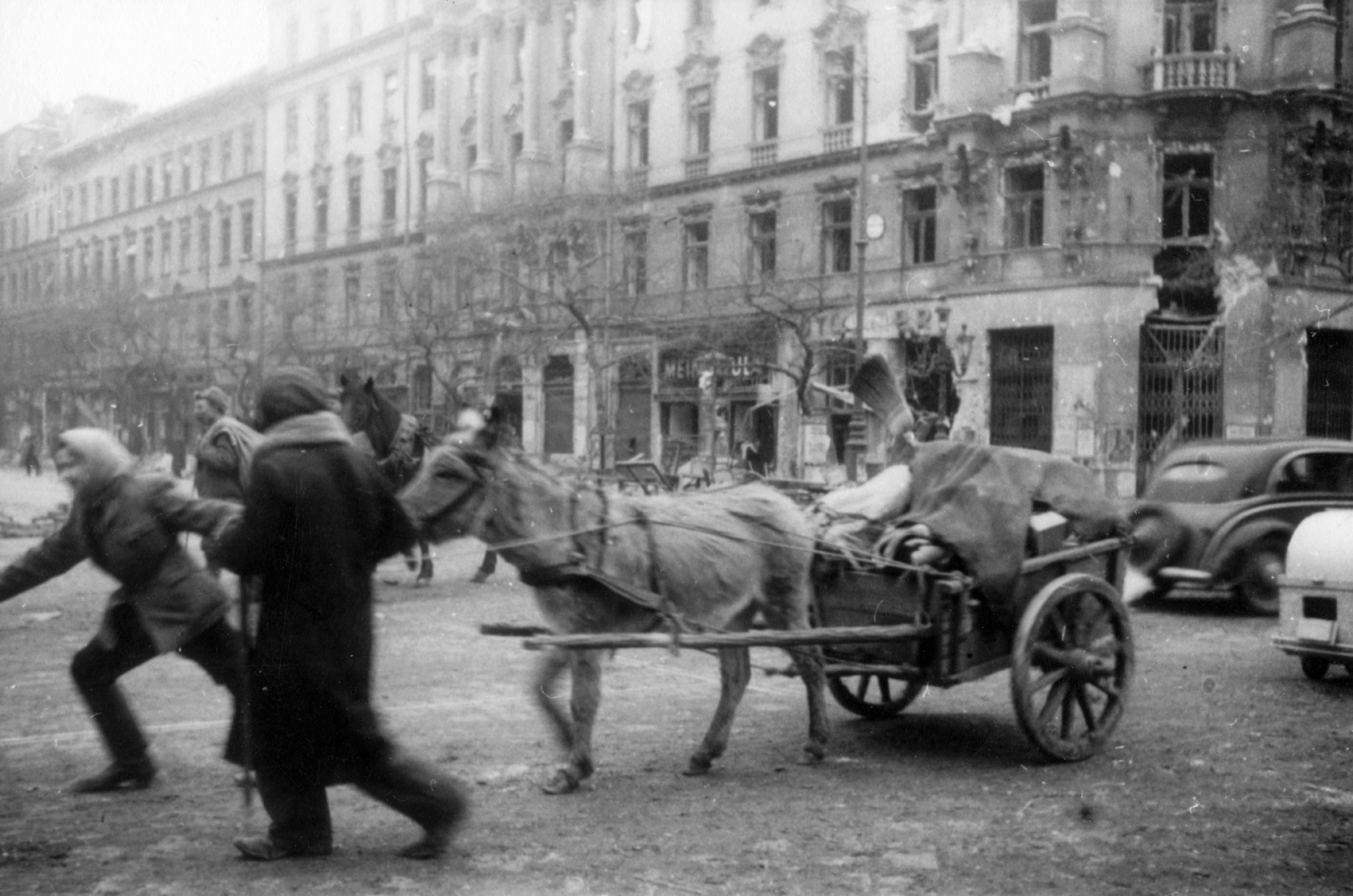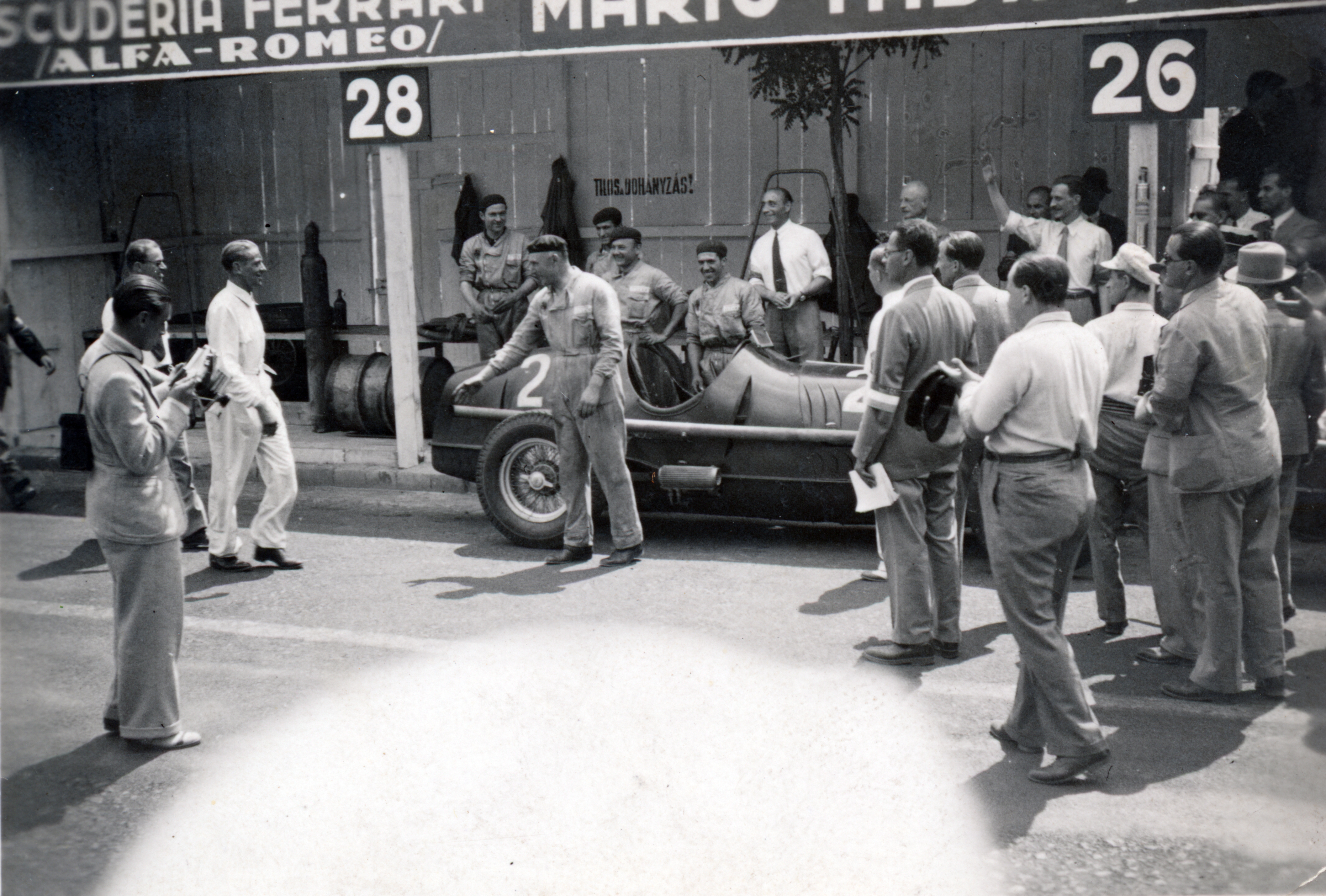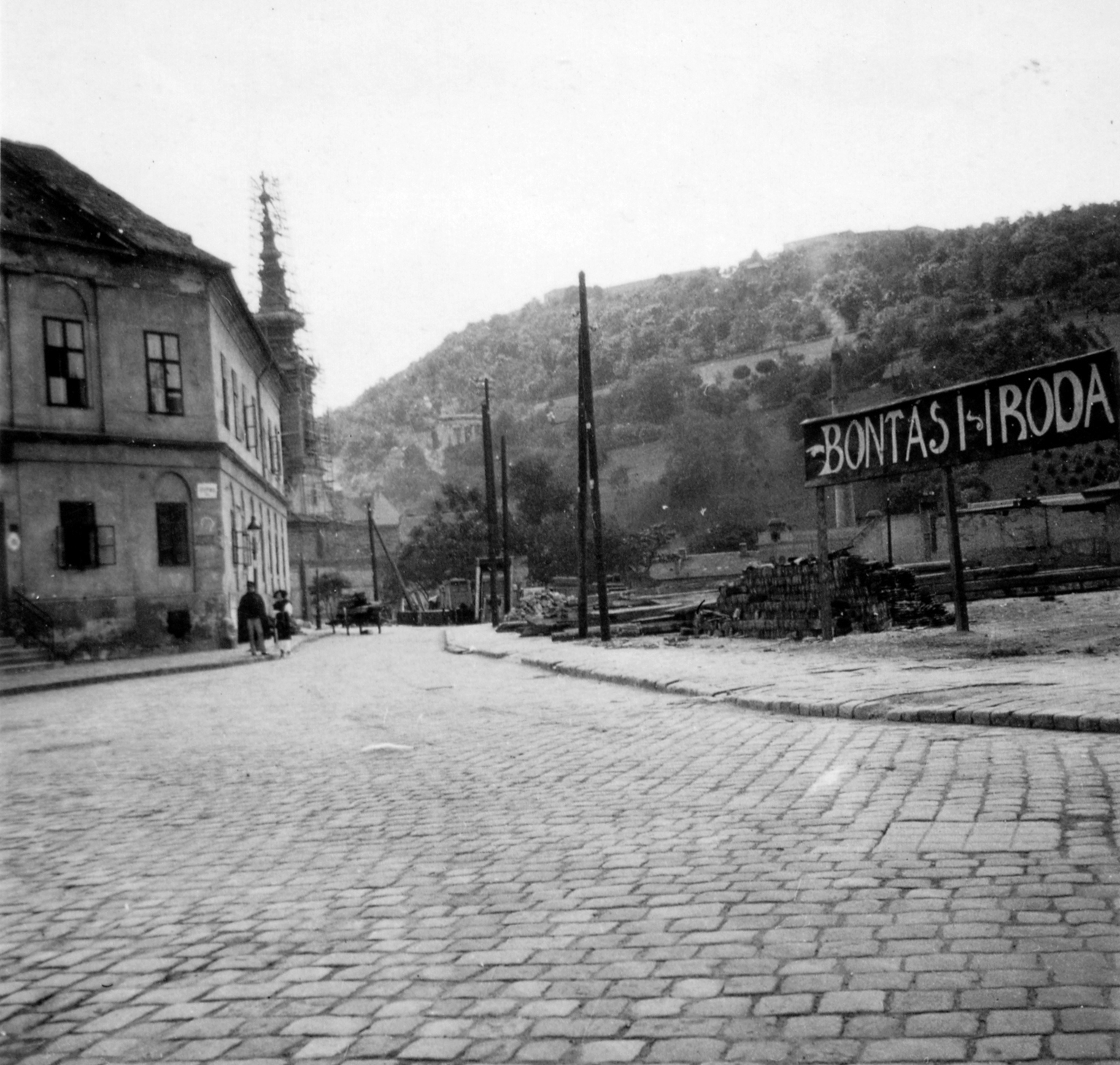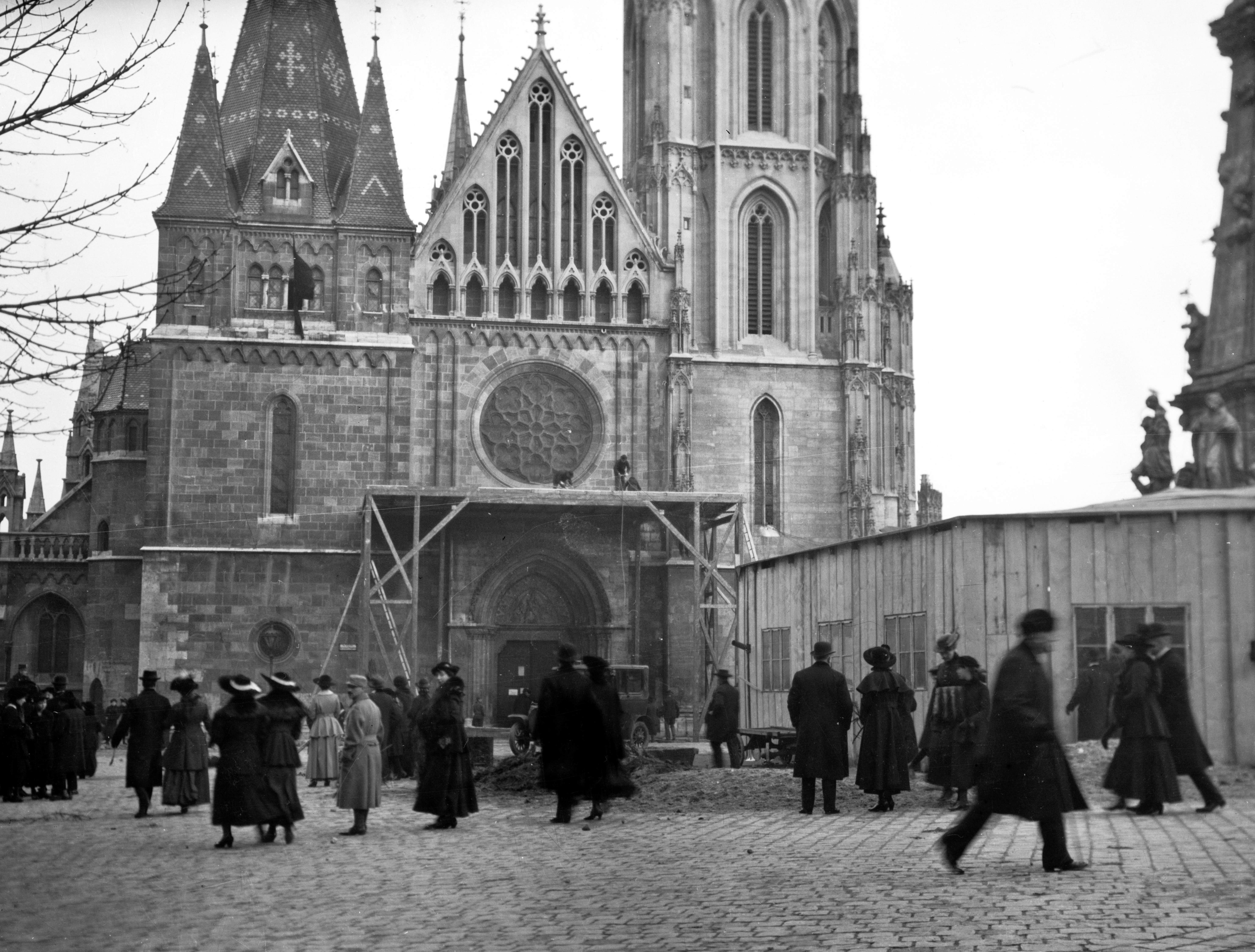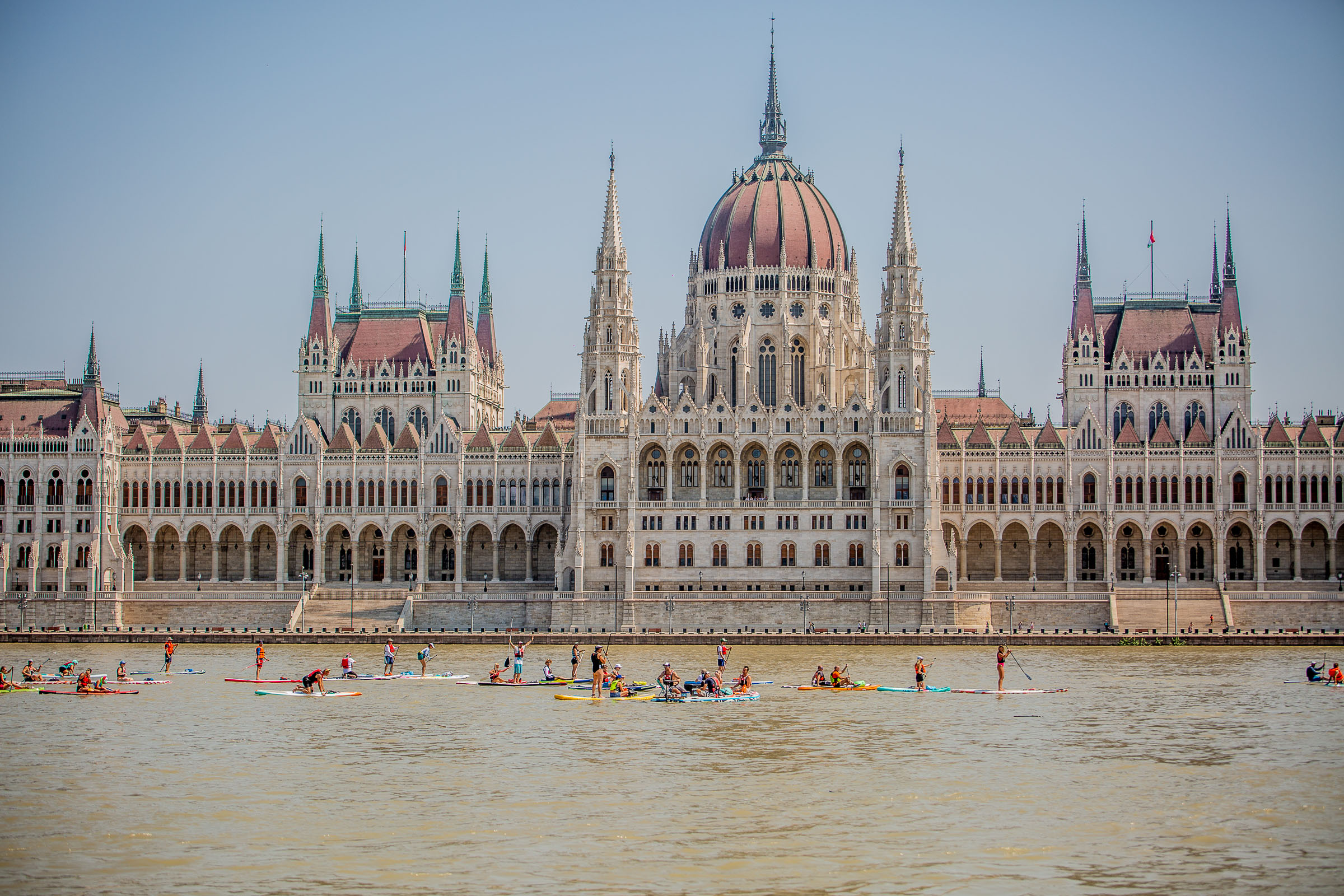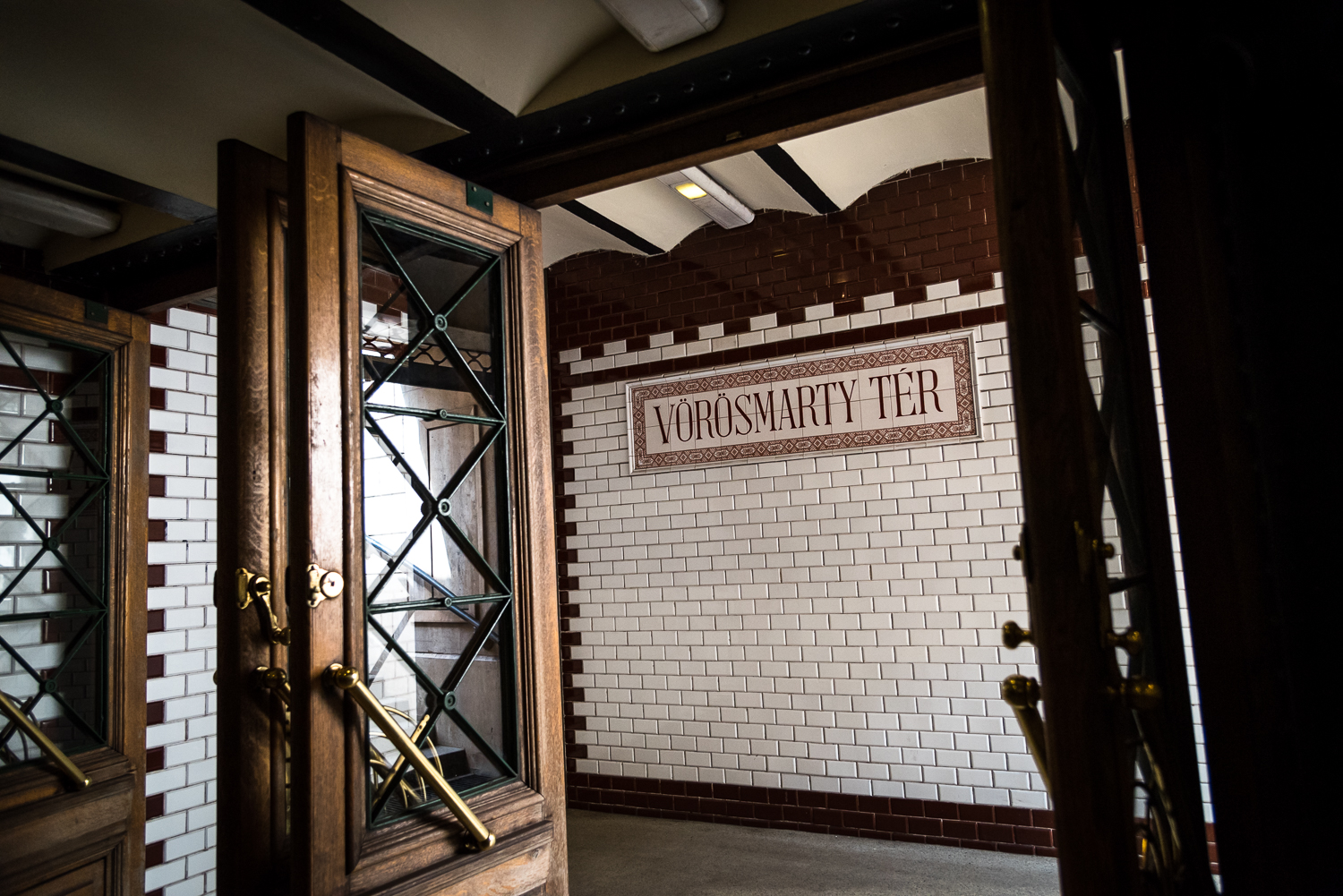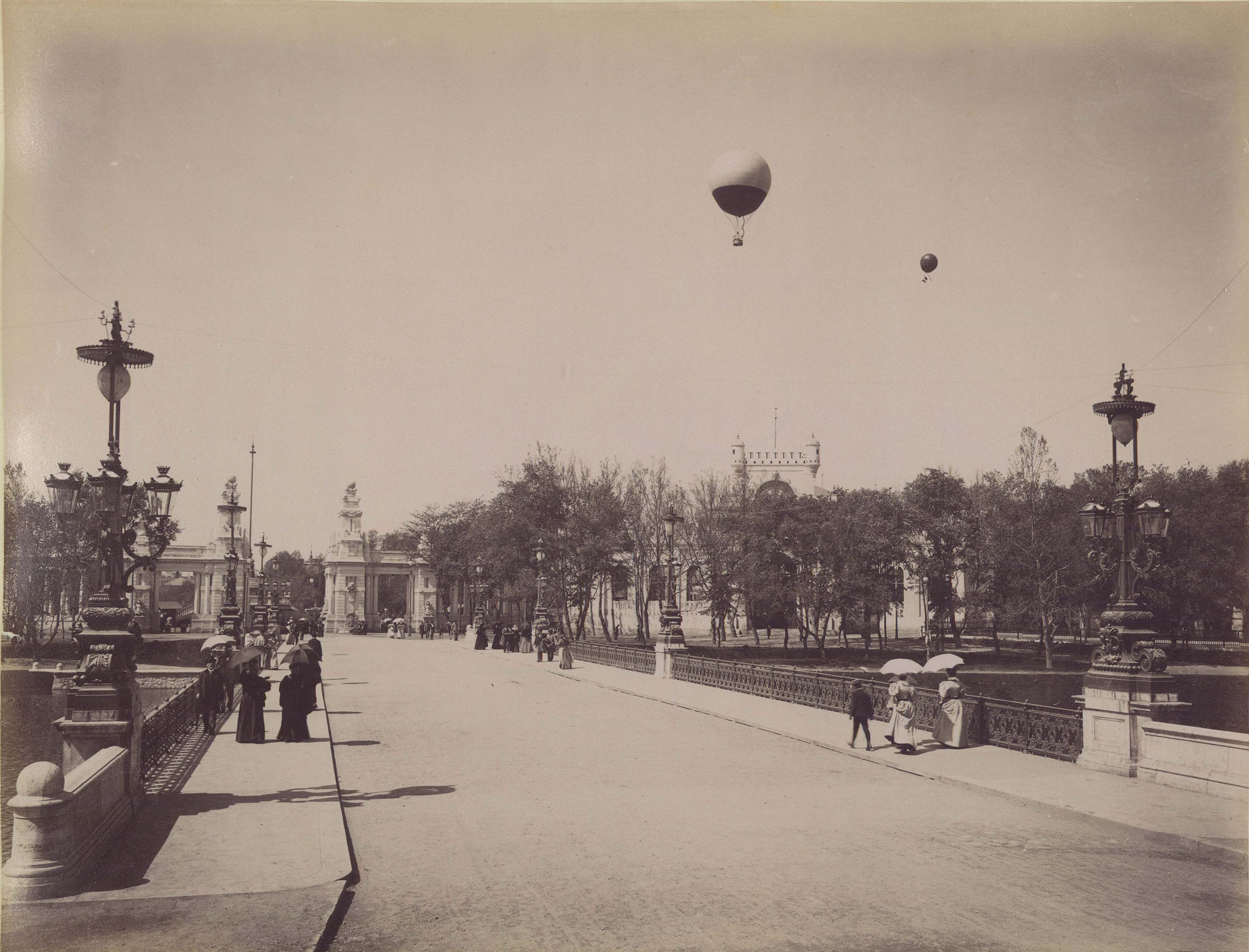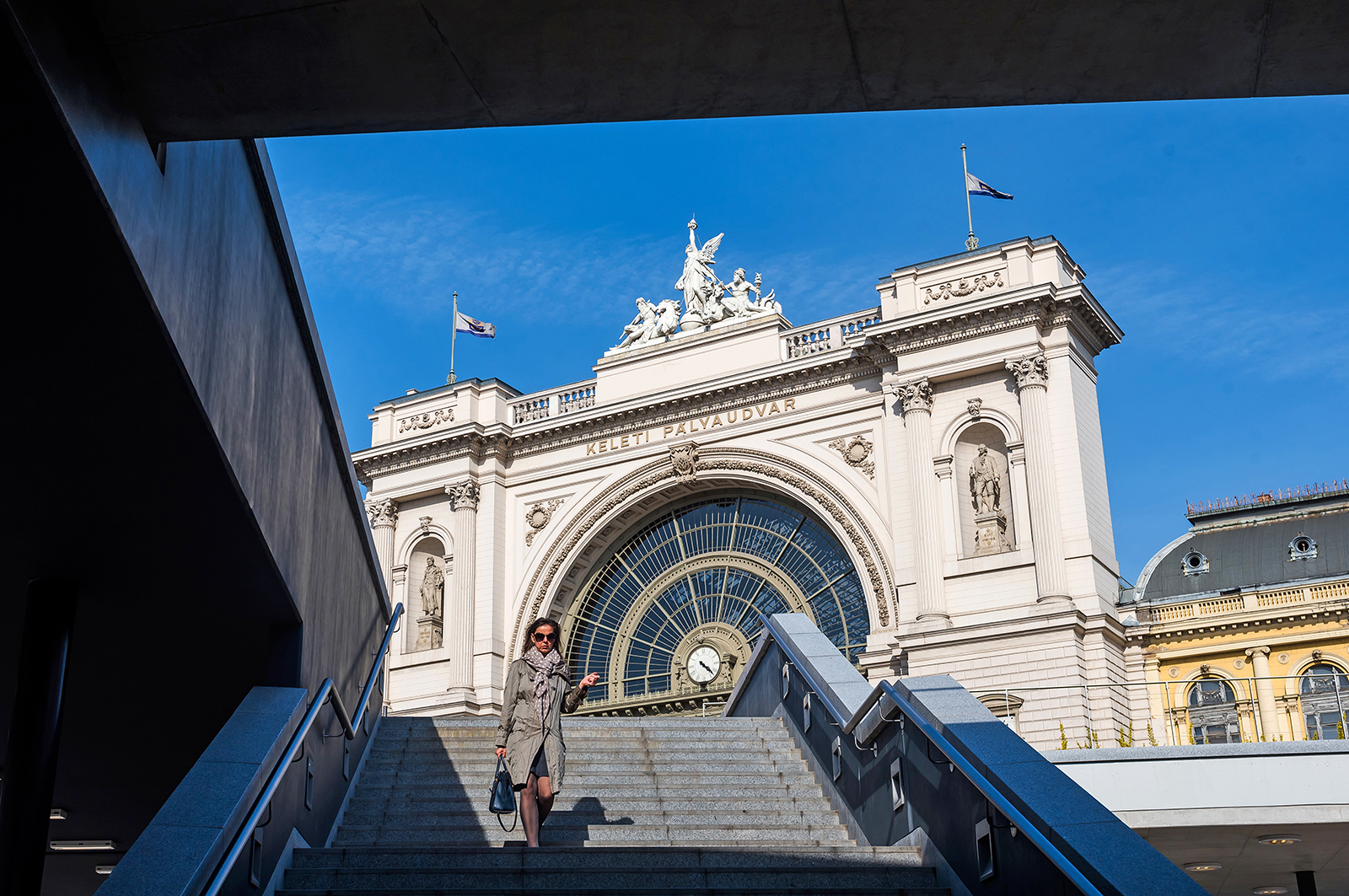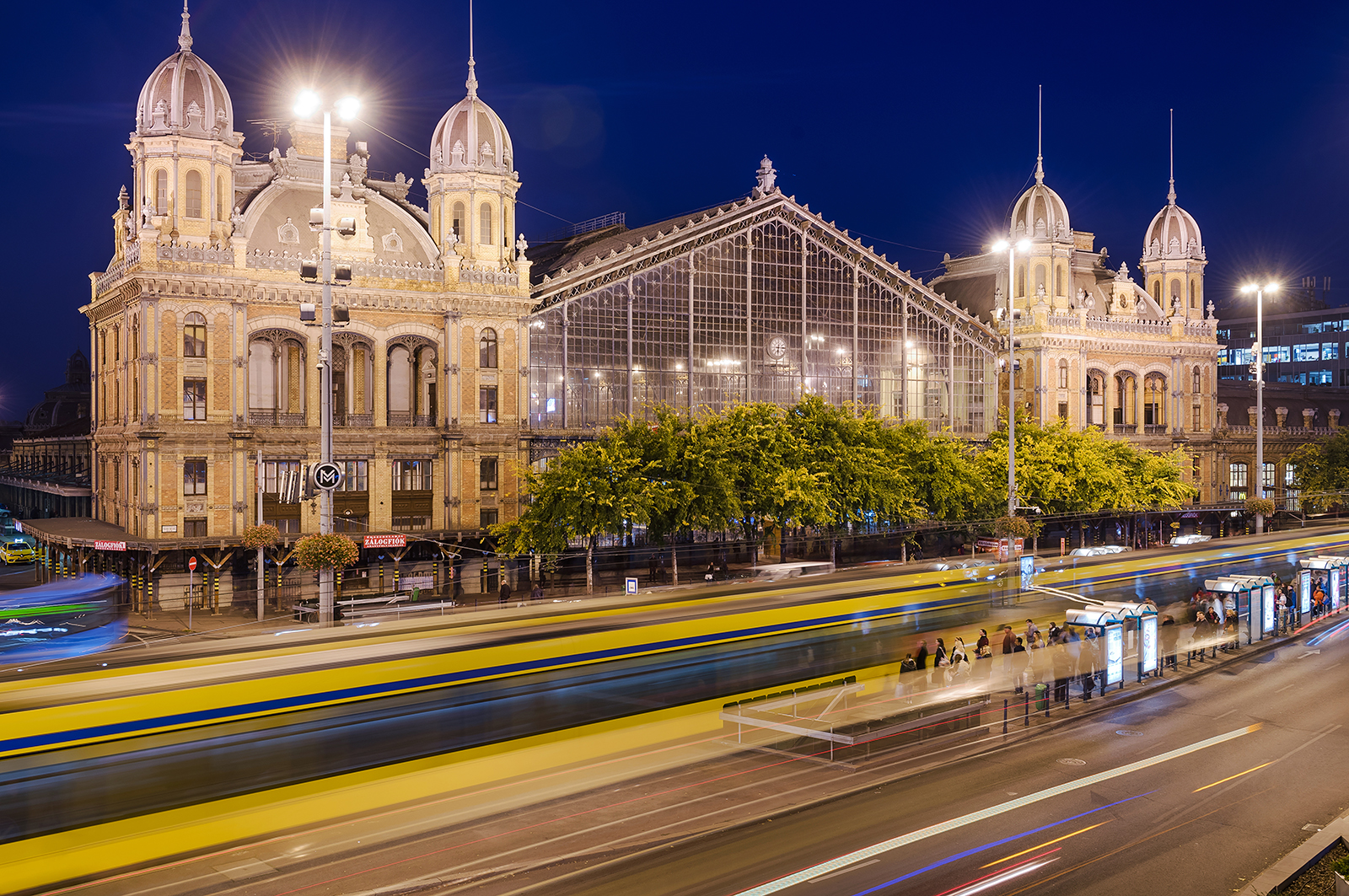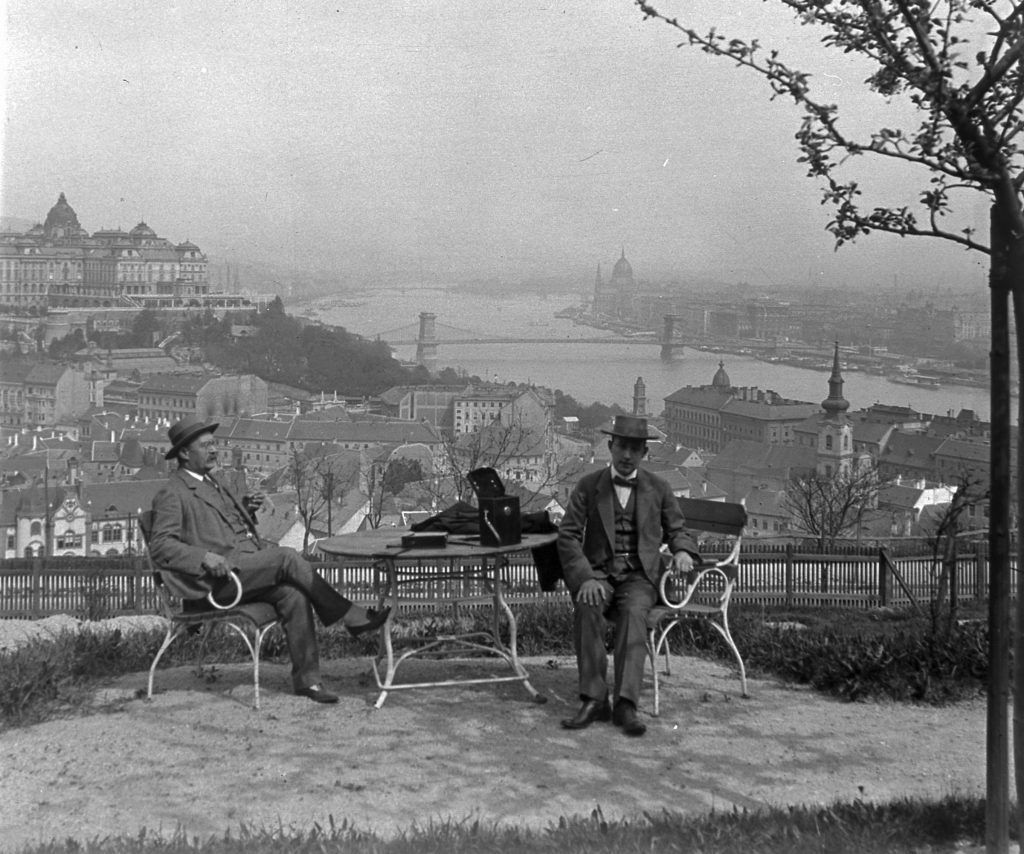1/30
2022 – Budapest's first skyscraper
In December 2022, Budapest's first skyscraper was inaugurated, a controversial project that was still a matter of great anticipation. After all, it's not every day that a 143-metre building is erected in the capital. What's more, it was designed by a world-renowned architectural firm, Foster + Partners.
2/30
2021 – 52nd International Eucharistic Congress
After the 1938 World Eucharistic Congress, Budapest hosted the world-wide event of the Roman Catholic Church again in September 2021, with Pope Francis attending the Holy Mass. The week-long event proclaims and celebrates Jesus Christ present in the sacrament of the altar, according to the doctrine of the Catholic Church.
3/30
2021 – UEFA European Football Championship
11 cities hosted the recent UEFA European Football Championship, including 3 group matches and a round of 16 match in Budapest.
4/30
2014 – Inauguration of the metro line M4
It was the metro line we thought would never be completed: promises, campaign slogans, delays, while as children, many of us had built some elusive mystery and legend around it, which is why it was such a huge moment when the completed line was opened in 2014. The result is one of the coolest investments in contemporary architecture.
5/30
2003 – The inauguration of the A38 Ship
One of our favourite concert venues, the A38, anchored at the foot of Petőfi Bridge, has been welcoming music fans since April 2003, but it's not just a concert hall, it's also a cultural centre, bar, and bistro.
6/30
1999 – The Budapest Sports Hall burns down
In 1982, the country's largest indoor sports facility opened: the Budapest Sports Hall, or BS. But in December 1999, it burnt down in a matter of hours after a candle was left burning on a stall at the annual Christmas market. Today, it is replaced by the Papp László Budapest Sportaréna.
7/30
1993 – The beginnings of Sziget Festival
You can love the Sziget Festival and hate it, but the August festival is one of Europe's biggest popular music and cultural events, attracting the biggest foreign acts year after year. In the beginning, it was called Diáksziget (Students' Island), but it was always held on Óbuda Island as of 1993.
8/30
1991 – Visit of Pope John Paul II
The visit of Pope John Paul II was significant because he was the first Pope to come to Hungary. He arrived on 16 August 1991 and celebrated Holy Mass on 20 August in Heroes' Square, attracting a huge crowd.
9/30
1991 – Monsters Of Rock Budapest
In August 1991, to the great delight of rock and metal fans, AC/DC, Metallica, Mötley Crüe, and Queensrÿche performed in a big concert at the People's Stadium.
10/30
1990 – Taxi blockade
This blockade was the first major protest in Hungary after the fall of communism. Thousands of taxi drivers and carriers united against the continuous and steep rise in petrol prices and paralysed Budapest's traffic for 3 days.
11/30
1990 – Visit of Prince Charles and Princess Diana
In May 1990, Prince Charles of Wales and his wife Princess Diana travelled to Budapest. The couple visited the Holy Crown and the Fisherman's Bastion, admired the panorama and even bought onion and pepper baskets at the Great Market Hall. Diana even stopped by the film studio in Fót for a shooting.
12/30
1990 – The entire metro line M3 is opened
The metro line M3 has been in operation in its current form since December 1990. Budapest's longest metro line consists of 20 stations, which were opened in stages, the first being the section between Deák Ferenc tér and Nagyvárad tér.
13/30
1989 – Reburial of Imre Nagy and the Heroes of 1956
On 16 June 1989, a huge crowd gathered in Heroes' Square for the reburial of Imre Nagy and the Heroes of 1956. The façade of the Kunsthalle was turned into a funeral parlour, where the martyrs' coffins were laid, decorated with the Hungarian flag with holes in the middle, where the State Emblem of the Soviet Union was cut out; a symbol of the 1956 revolution.
14/30
1986 – Queen concert
One of the most significant pop cultural events of the 1980s was the concert of the band Queen in the People's Stadium in the summer of 1986. One of the most memorable moments of the concert was when Freddie Mercury sang the Hungarian folk song Tavaszi szél vizet áraszt (Spring Wind Floods Water).
15/30
1985 – Live Aid Budapest
Following the example of Bob Geldof's super-concert Live Aid, a huge gig was held in Hungary featuring some of the most important artists in Hungarian rock and pop music. The two-day event in Budapest was attended by 200 musicians, including LGT, Zorán, Omega, Klári Katona, and Zsuzsa Koncz.
16/30
1984 – Margaret Thatcher visits Budapest
It seems to be a favourite part of protocol programmes to include a visit to the Central Market Hall, as the Iron Lady, Margaret Thatcher, also went to see it. The UK Prime Minister's visit to Budapest even made the news in the London media, and she held talks with several members of the socialist leadership, including former Hungarian PM János Kádár.
17/30
1972 – The entire metro line M2 is opened
In 1972, the second section of the metro line M2 was opened, completing the red line between Örs vezér tere and Déli pályaudvar. In connection with the metro construction, several surface and road junctions were built, underpasses were constructed one after the other, and buildings were also demolished, including the National Theatre, for example, to create the Blaha Lujza tér station.
18/30
1959 – Budapest's first panel block was built
In August 1959, the keys were handed over to the residents of Budapest's first panel block, the first phase of the József Attila Estate. The city's greenest and friendliest housing estate was built in several phases, with the first ground-breaking ceremony taking place in 1957 and the first panel building being handed over in the city, while the last residential block was completed in 1981.
19/30
1956 – The revolution broke out
23 October 1956 began as a peaceful demonstration when students in Budapest organised a pro-Polish sympathy protest to read out their demands for student welfare. The students marched from the University of Technology building in the afternoon and, after hearing Minister of Interior Ernő Gerő's speech, stormed the Hungarian Radio. In the uproar, the State Protection Authority fired on the unarmed crowd, leading to an uprising that night, and the next day Soviet tanks marched into Budapest.
20/30
1950 – Greater Budapest is created
On 1 January 1950, Greater Budapest was created, i.e. the surrounding settlements were annexed to the capital. This meant 7 county towns and 16 large municipalities, including Csepel, Kispest, Pestszentlőrinc, Rákospalota, Rákoscsaba, Mátyásföld, and Soroksár. The new territory of Budapest was divided into 22 districts, expanded to 23 in 1994.
21/30
1944 – Siege of Budapest
The Siege of Budapest is still considered one of the bloodiest battles of the Second World War. Although the battle for the Hungarian capital began on 25 December 1944, the first Soviet armoured vehicles appeared on the city's outskirts on 3 November.
22/30
1936 – The first Grand Prix motor racing event in Hungary
The first modern Grand Prix was held in 1906 (won by Hungarian race car driver Ferenc Szisz), while the first Hungarian Grand Prix was held at the People's Park in 1936. The 5 km long track had to be completed in 50 laps.
23/30
1933 – Demolition of Tabán
One of the most unique parts of the city, the Tabán reflects a far different image today than it used to. The demolition of Tabán began in 1933, and was not even stopped by the public's vocal support for saving the district. The plans for its replacement as a spa town were changed several times, but for financial reasons and because of the Second World War, it was never realised and the area was eventually turned into a park.
24/30
1916 – Coronation of Charles IV and Queen Zita
On 30 December 1916 the last Hungarian king, Charles IV and his wife Queen Zita were crowned in the Matthias Church. For the coronation, not only the church but also the area around the Buda Castle was decorated, some people rented shop windows and paid a great deal of money just to see the couple.
25/30
1904 – The Parliament was completed
Although the huge neo-Gothic Parliament building on the banks of the Danube was inaugurated in 1894, it was not completed until 1904. In 1896, on the occasion of the millennium of the Hungarian state, the first National Assembly was held there, but construction was still in full swing. The building, designed by Imre Steindl, is the second largest parliament building in Europe.
26/30
1896 – The Millennium Underground Railway was inaugurated
The continent's metro line was opened in Budapest, and naturally, it was built during the Millennium constructions, so it was opened in time for the 1896 celebrations. Interestingly, the construction took only 21 months, and the tunnel was not bored, only Andrássy út was opened.
27/30
1896 – Millennial National Exhibition
The whole city was abuzz with excitement as it prepared for the millennium celebrations, so it's no surprise that the Millennial National Exhibition was also a much anticipated event. Airships, towering palaces, a fountain in brilliant colours, an entire mock village and any number of events awaited visitors to the City Park as Emperor Franz Joseph himself opened the show in May 1896.
28/30
1884 – The Keleti Railway Station was completed
Budapest's busiest railway station was opened in 1884, designed by Gyula Rochlitz, the iron structure by bridge engineer János Feketeházy, and the ticket office is decorated by murals of Károly Lotz and Mór Than. The main façade is worth a look, as it is embellished with sculptures of George Stephenson and James Watt.
29/30
1877 – The Nyugati Railway Station was completed
One of the oldest main stations in Budapest, the Nyugati is logically named after its geographical location (Western), but it is in fact named after a railway company (Magyar Nyugati Vasút). Its building was designed by the Gustave Eiffel Company.
30/30
1873 – Unification of Pest, Buda, and Óbuda
As the 19th century progressed, more and more construction work started all over Pest, new shops opened, social and cultural life took off, and everything pointed towards the merger of Pest, Buda, and Óbuda (and Margaret Island). It was not long before the new capital of the country, Budapest, was born on 17 November 1873.

